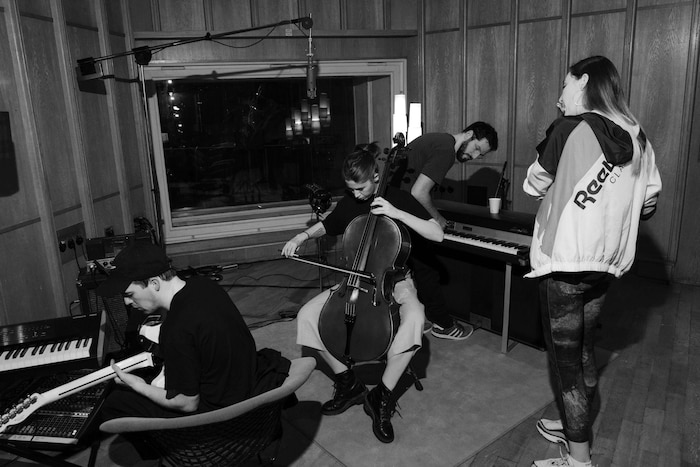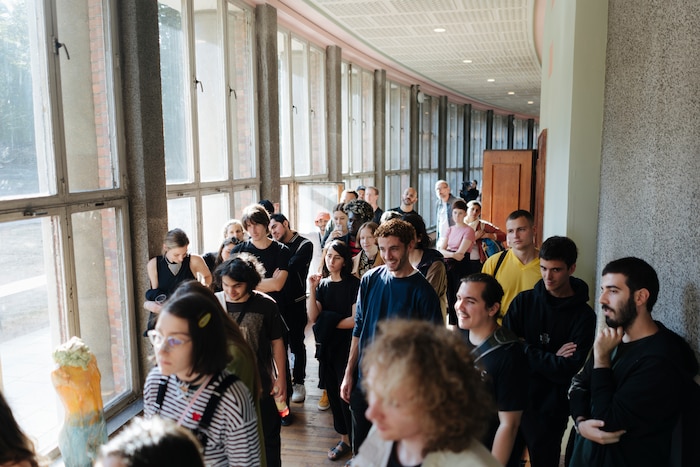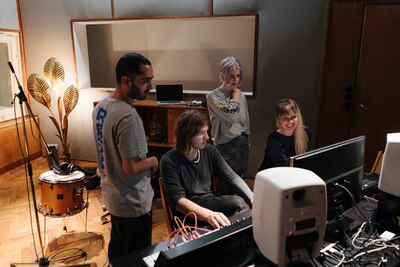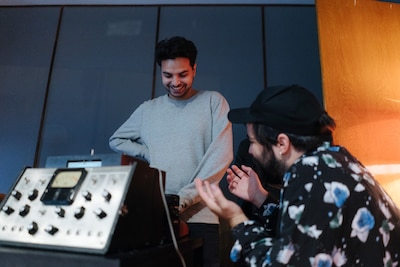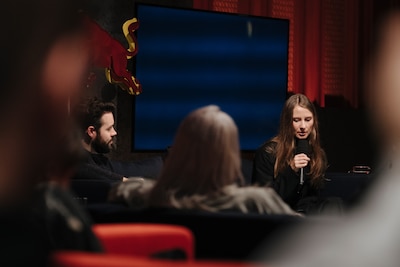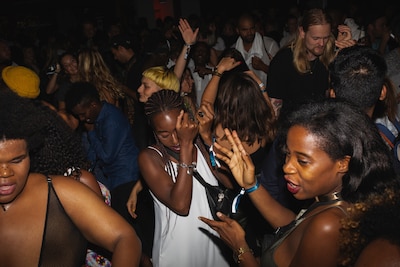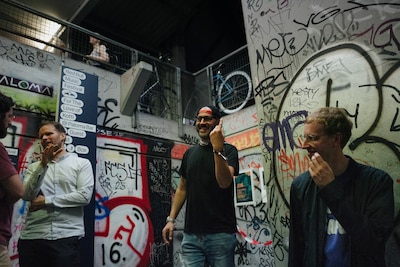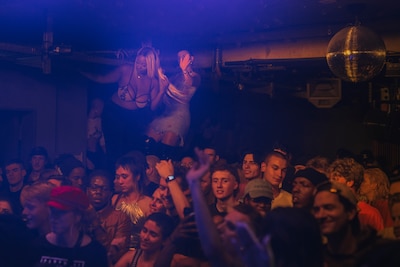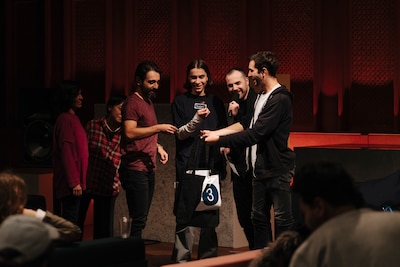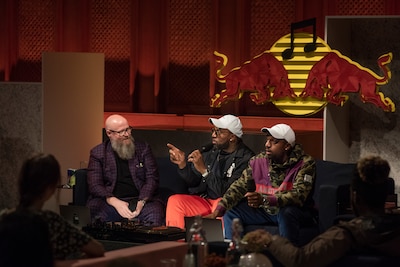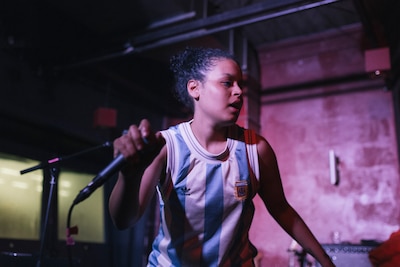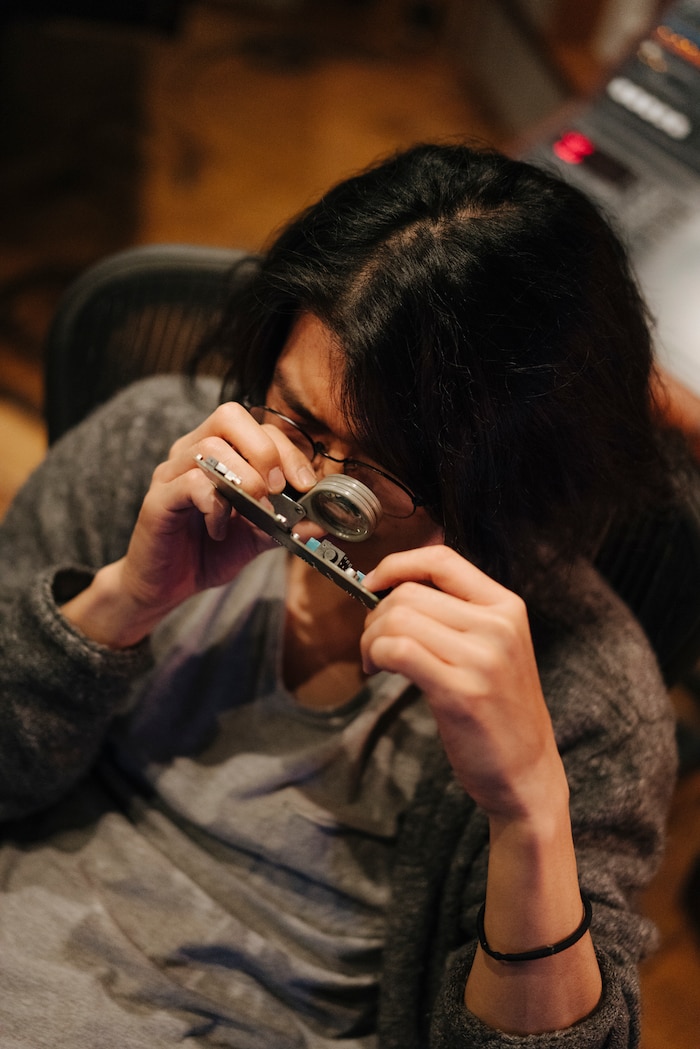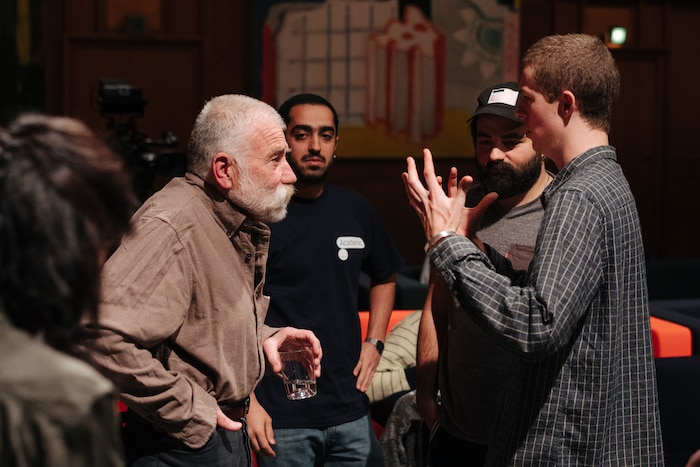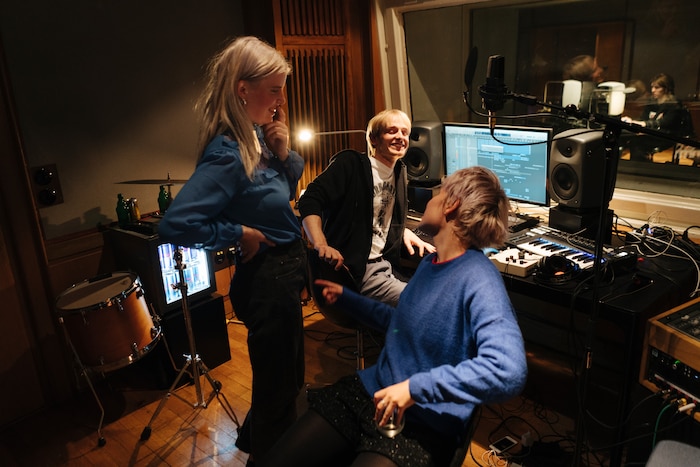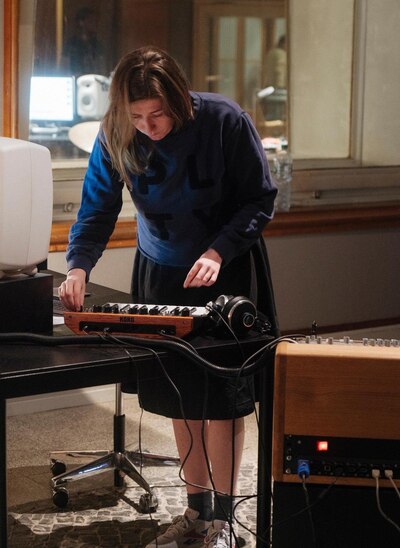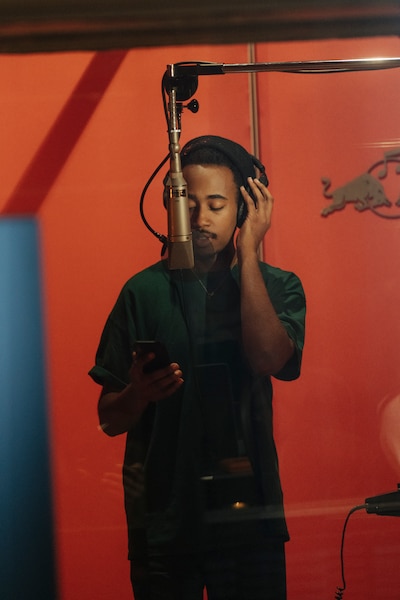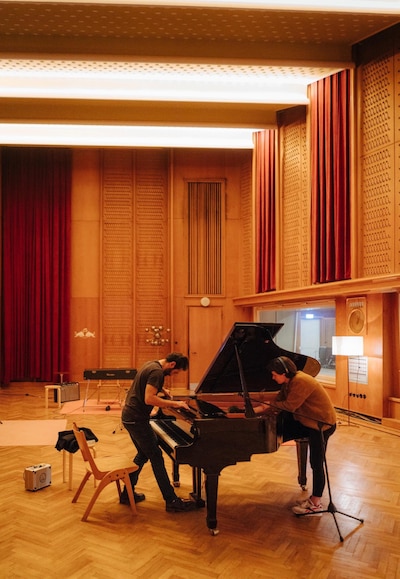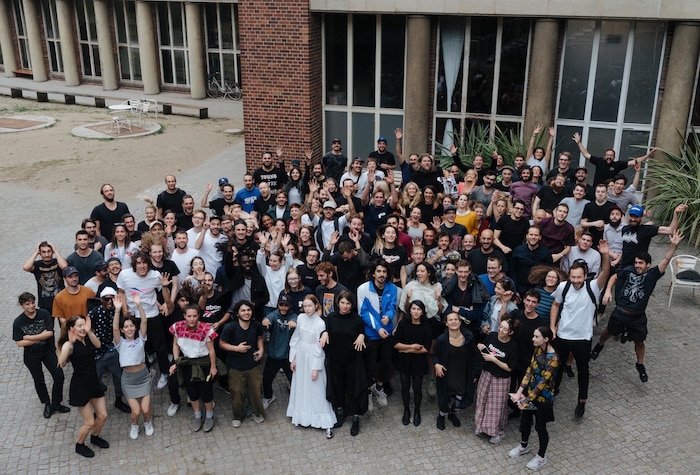Berlin 2018
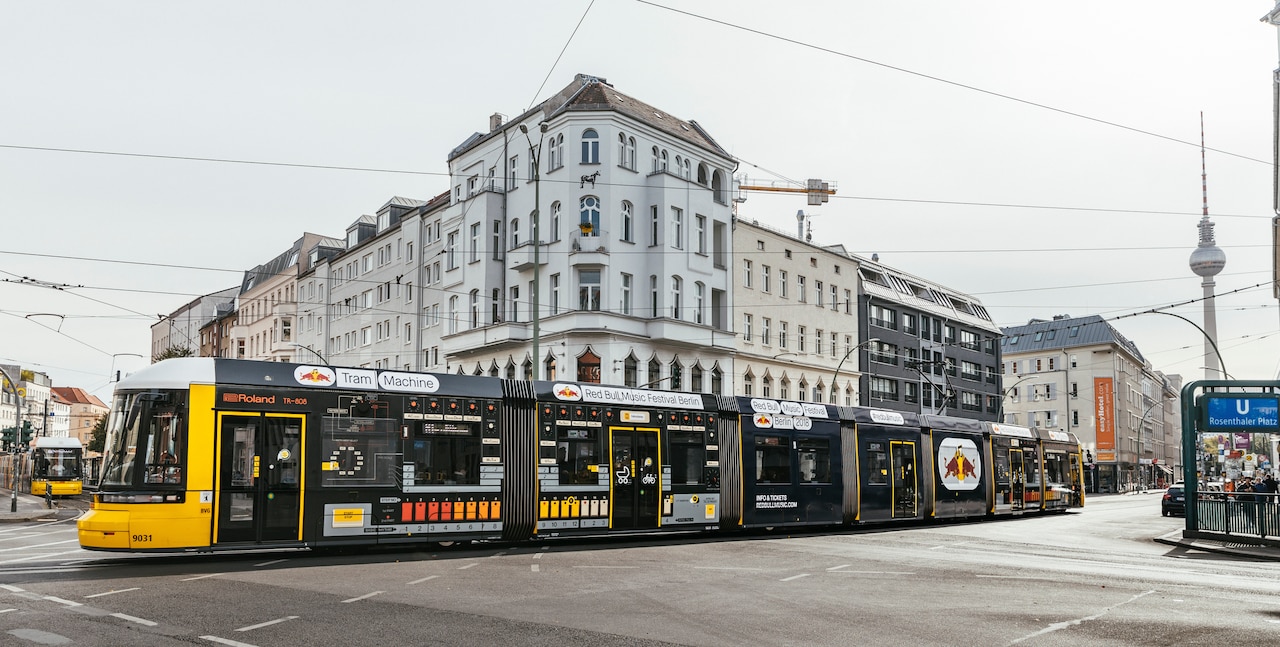
For the 20th anniversary of Red Bull Music Academy in 2018, we headed back to the city where it all started. Berlin is a city that’s stayed close to our hearts since RBMA’s first edition back in 1998 – home to renowned clubs, experimental art spaces and major concert halls alike. There’s a sense here that the old rules can be rewritten amid structures that have carried the weight of history, many of them now rebuilt or repurposed.
The 2018 edition of the Academy was hosted at the historic Funkhaus, one of the biggest studio complexes in the world, originally built to house the broadcasting operations of the former GDR. Several floors were transformed with help from production designer and mid-century design specialist Stephan Schilgen, with bespoke furniture created by the Bauhaus-influenced collective NEW TENDENCY and an exhibition of Berlin artists curated by one of Germany’s foremost gallerists, Johann König.
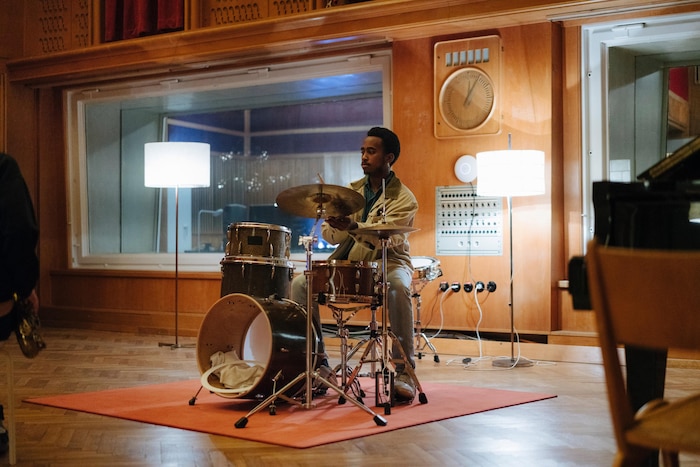
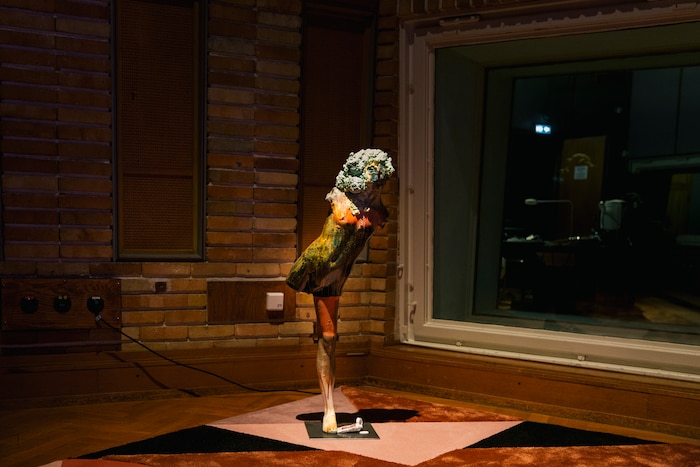
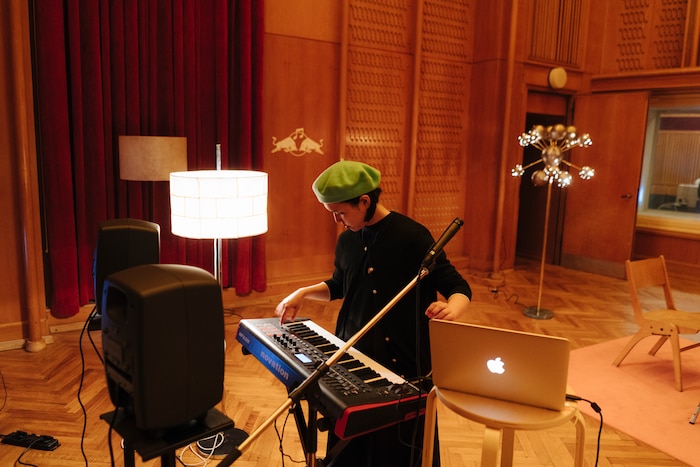
Amid a glorious autumn, with the Plänterwald forest and Spree river as backdrop, it all provided a surreal and grand setting for the Academy’s daily activities. 60 up-and-coming producers, vocalists and musicians from 36 countries flew in to collaborate in the studios and attend lectures from visiting musical greats like the influential rapper and president of G.O.O.D. Music, Pusha T; Academy alumna and techno powerhouse Nina Kraviz; footwork innovator Jlin; and mastering engineer Mandy Parnell, who’s known for her work with artists such as Brian Eno and Björk. RBMA participants and lecturers alike performed in a broad schedule of events across the city as part of Red Bull Music Festival Berlin, ranging from a celebration of extreme and experimental music called Sturm & Klang to an audiovisual show at a planetarium by award-winning German composer and RBMA alum Robot Koch, together with visual artist Mickael Le Goff. Read on for complete highlights from our time in Berlin.
Lectures
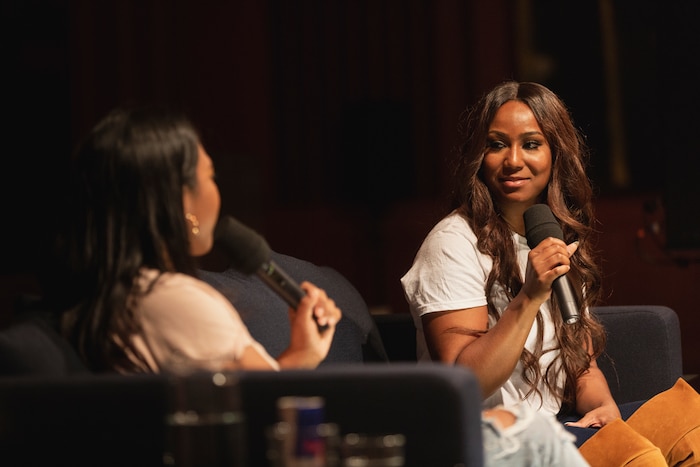
The 2018 edition of RBMA in Berlin saw a great many iconic producers, composers and sound scientists from around the globe – including pivotal figures in German music history – come by to speak about their insights, influences and challenges. The list of lecturers included everyone from pioneering minimalist motorik guitar maestro (and Ash Ra Tempel co-founder) Manuel Göttsching to Kesha Lee, the prolific engineer behind some of Atlanta rap’s biggest names; pioneering electronic and audiovisual composer Robert Henke, who discussed the importance of limits, working with lasers and his role in the creation of Ableton Live; and RBMA alumna and techno and house mainstay Nina Kraviz, who talked about the influence of her Siberian upbringing on her approach to music-making and DJing.
Singer, songwriter, producer and actress Janelle Monáe gave a public lecture at the former silent movie theater Delphi, speaking on the power of dance, Afrofuturism and the concepts behind her Dirty Computer record. Arranger, cellist and producer Larry Gold, an unsung hero of Philadelphian music, received a standing ovation for his talk, which detailed his early experiences working with Sigma Studios’ house band MFSB, who were integral to the emerging sound of Philly disco, as well as his work as an arranger for a dazzling array of hip-hop, R&B and pop artists, from Brandy and the Roots to Justin Timberlake and Kanye West. See all Berlin 2018 lectures here.
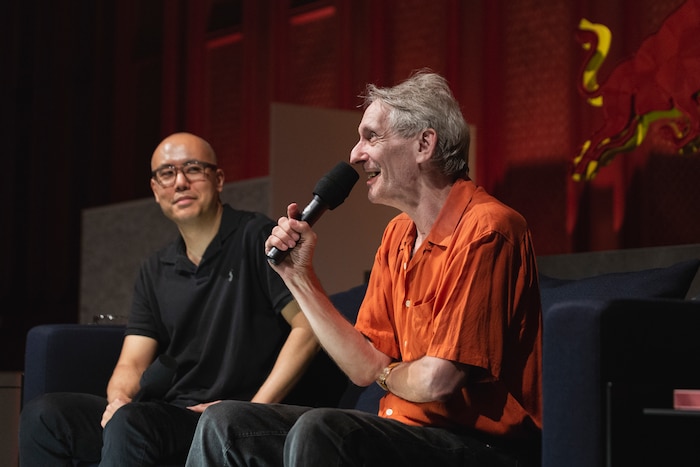
.da9a5f6a.jpg?auto=format&w=700)
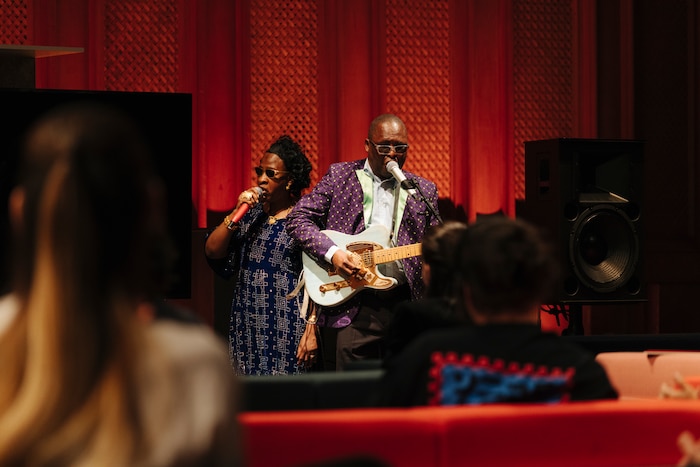
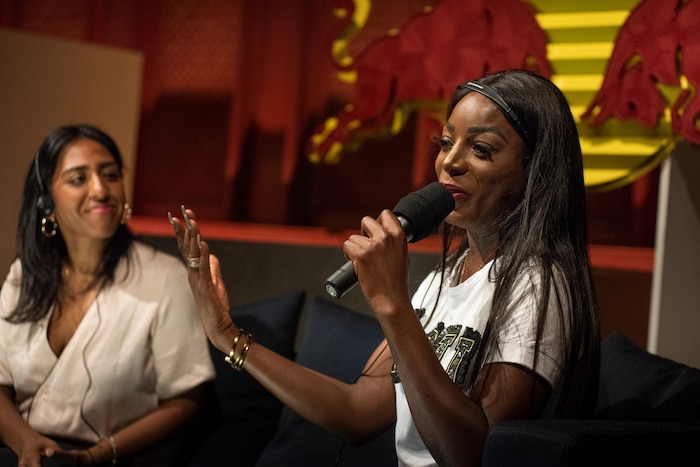
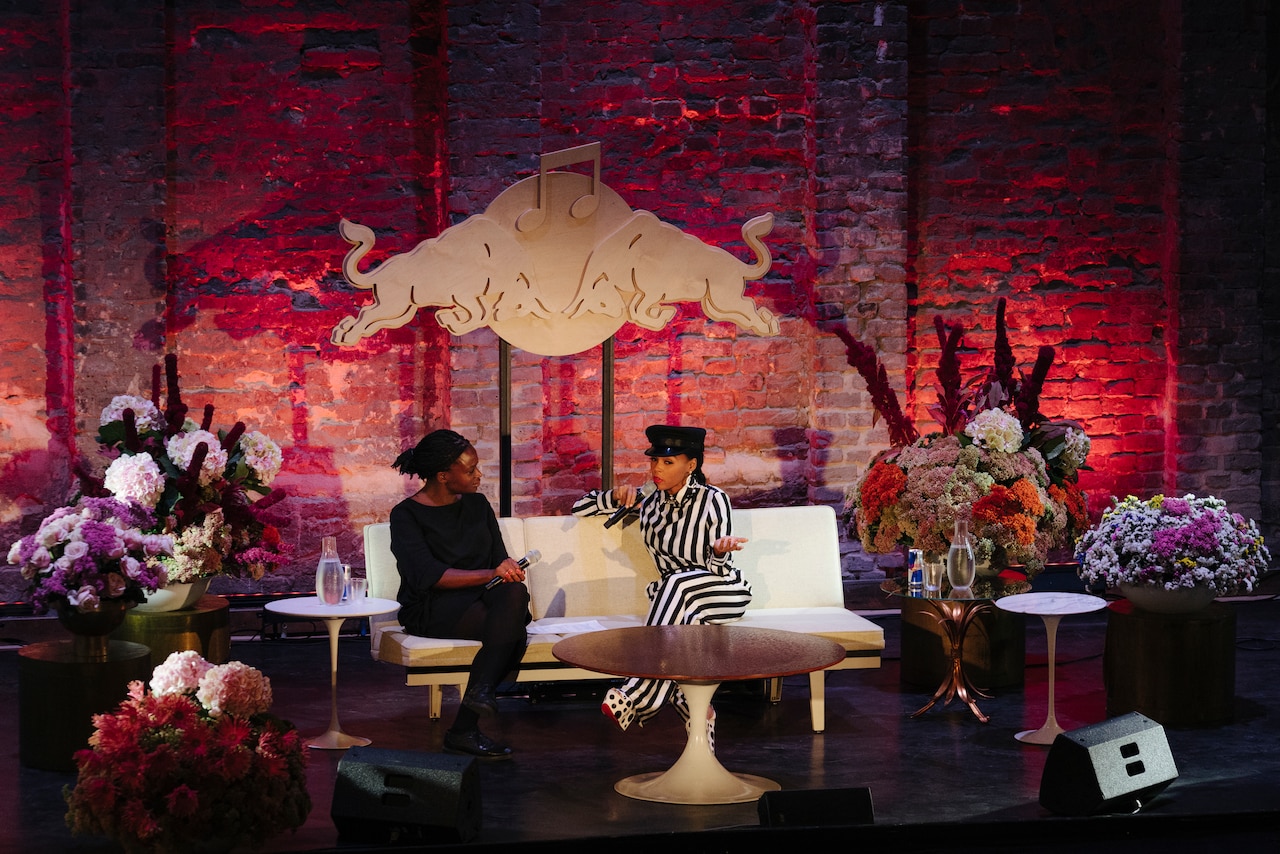
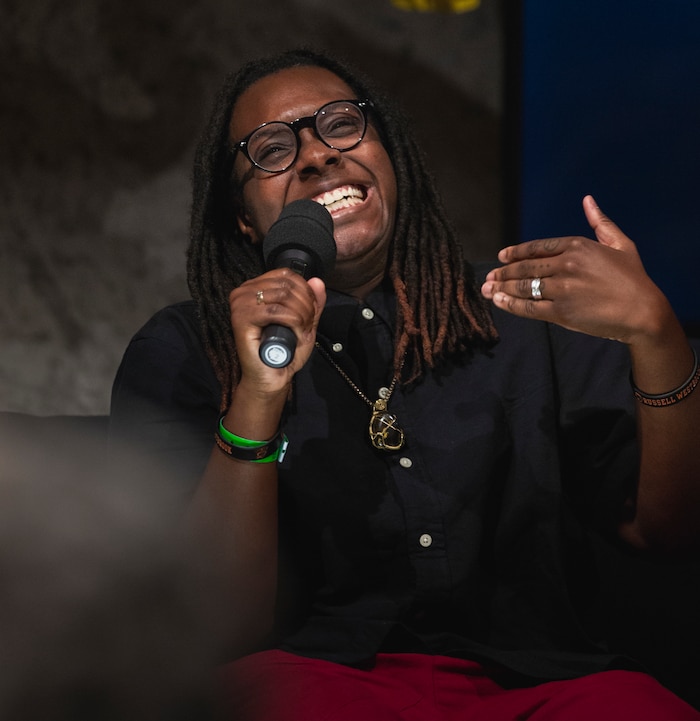
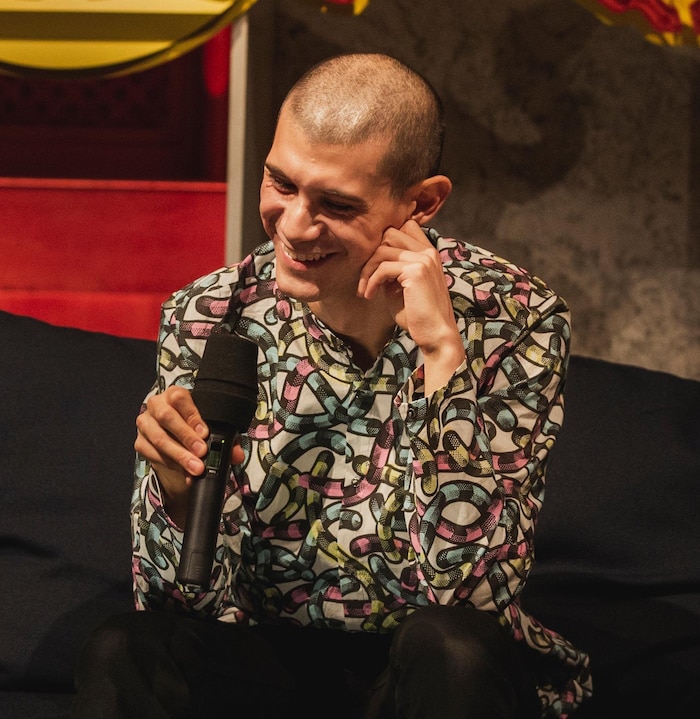
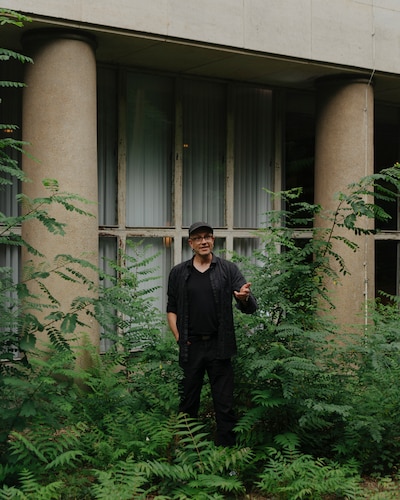
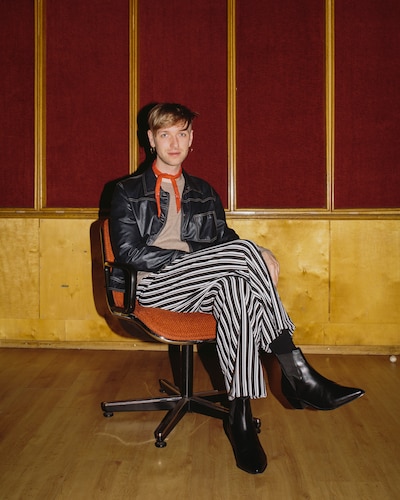
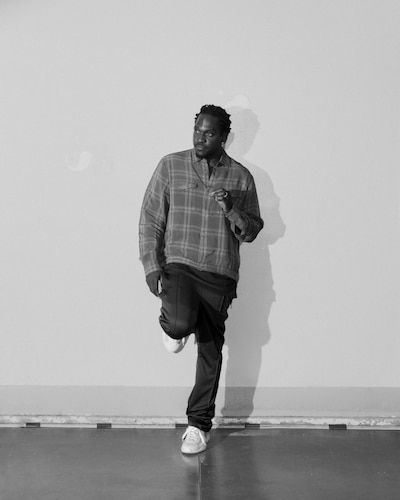
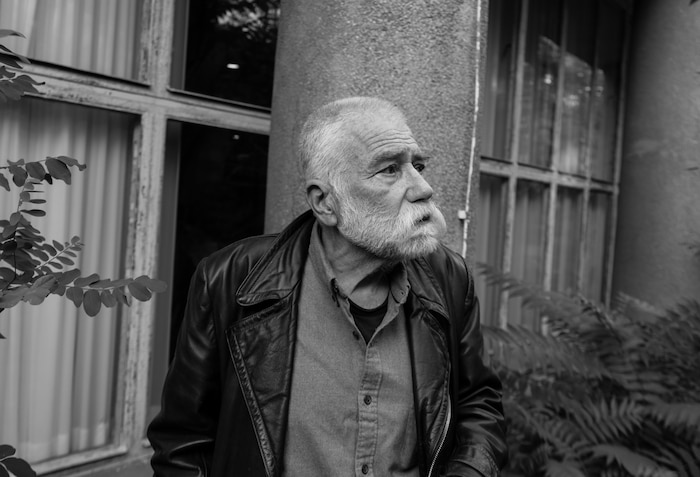

Among the influential German artists who gave lectures were the noted free jazz saxophonist, clarinetist and artist Peter Brötzmann; DJ and producer Dixon, who via countless residencies and his label Innervisions has long carved out a space for house music in Berlin, and who spoke together with his friend and ally, Running Back label head Gerd Janson; the musician, performance artist, DJ, club organizer, label owner and feminist icon Gudrun Gut, known as a co-founder of industrial avant-garde band Einstürzende Neubauten and a member of groups like Mania D and Malaria!; and Flake, keyboardist for punk band Feeling B and the internationally renowned band Rammstein. LA-based, Golden Globe-nominated composer Reinhold Heil talked about his work with Johnny Klimek on the soundtracks for film productions like Run Lola Run and Cloud Atlas, as well as his former life as a member of iconic German groups like the Nina Hagen Band and Spliff, and the producer of Neue Deutsche Welle band Nena, including their hit “99 Luftballons.”
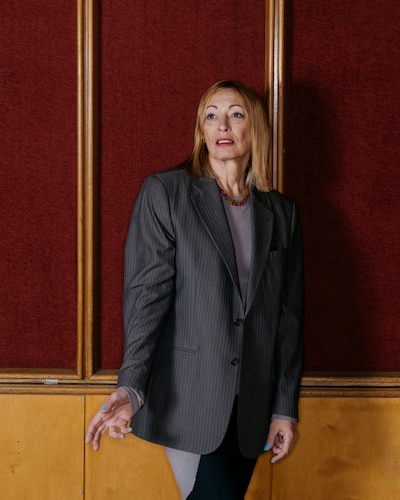
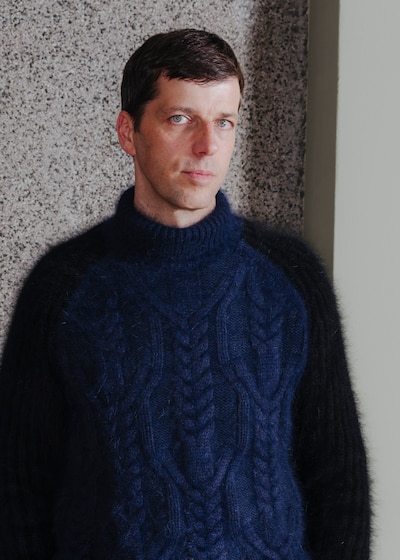
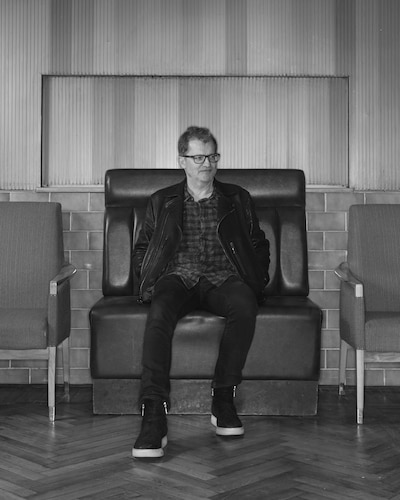
The World’s Largest Sequencer and a Tribute to the Essential Machines of Electronic Music
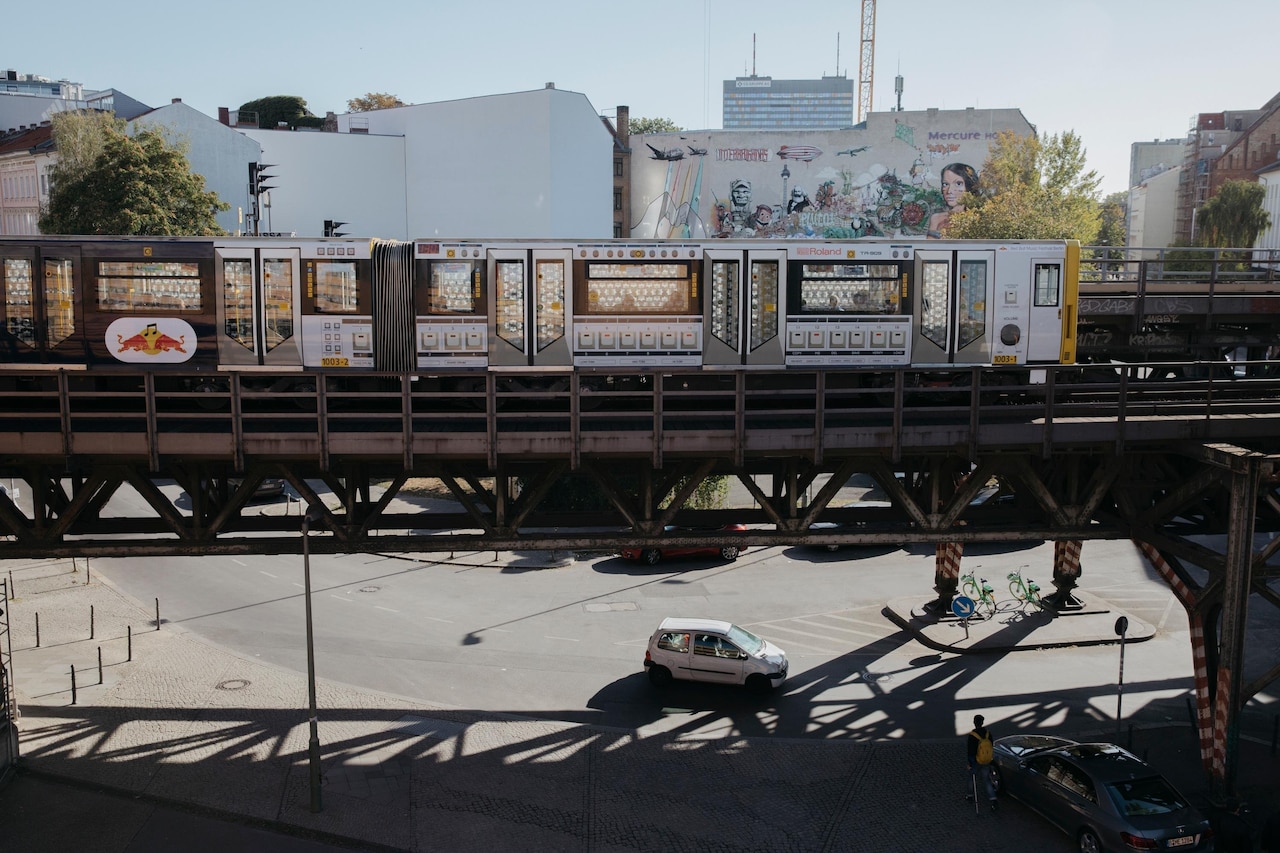
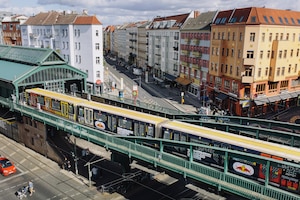
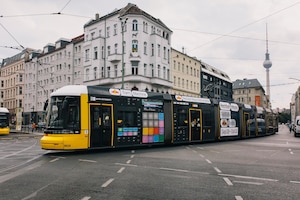
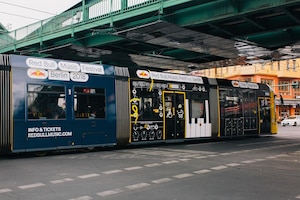
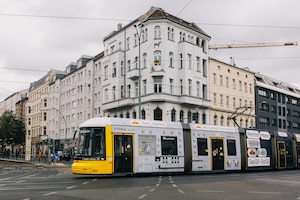
In celebration of its 20th anniversary, RBMA brought giant drum machines and synthesizers to Berlin. Synthesizers and drum machines became, very literally, a part of Berlin’s urban landscape, as subway and tram cars disguised as famous pieces of gear travelled through the city. Commuters could step onto some of the machines that have defined club culture in Berlin and influenced music worldwide, including hip-hop, techno, electro, pop and much more – from the Roland TR-808, TR-909 and TB-303 to the Korg MS-20, Native Instruments Maschine and Ableton Push. See more photos here, and to increase your knowledge of these machines, watch our series First Patch, hosted by former Korg head engineer Tatsuya Takahashi, providing essential guidance in how to get started making electronic music on a range of synths and drum machines.
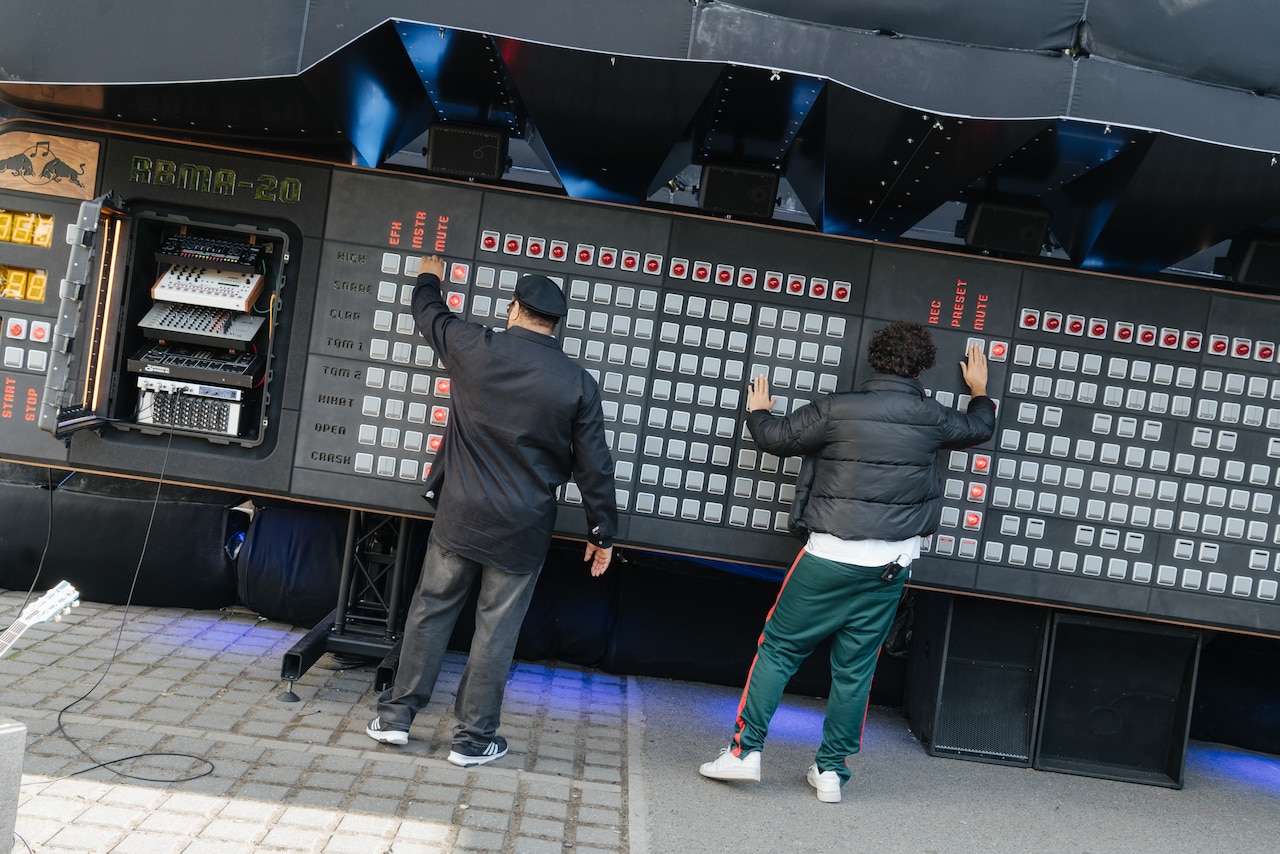
In tribute to these machines and their outsize influence on club culture, we also produced the world’s largest sequencer, known as RBMA-20. Ten meters long and more than two meters high, with 427 buttons and weighing over 600 kilos, the fully-functional RBMA-20 is the largest drum machine ever built, and also features a modular synthesizer and sampling unit.
Designed and built by the Berlin-based creative studio Neulant van Exel, with contributions from SchneidersLaden and Doepfer, RBMA-20 had its debut at RBMA’s Open Funkhaus event and was then stationed outside of Berlin’s Tresor club, where the sequencer could be tested and programmed with new grooves and beat patterns with the help of onsite experts.
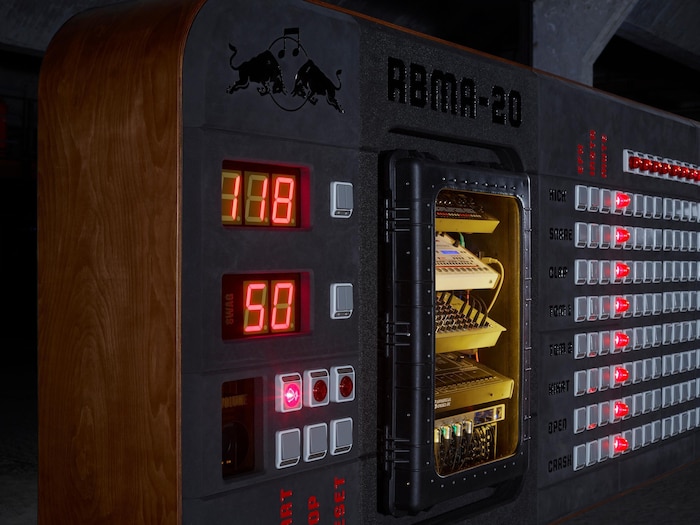
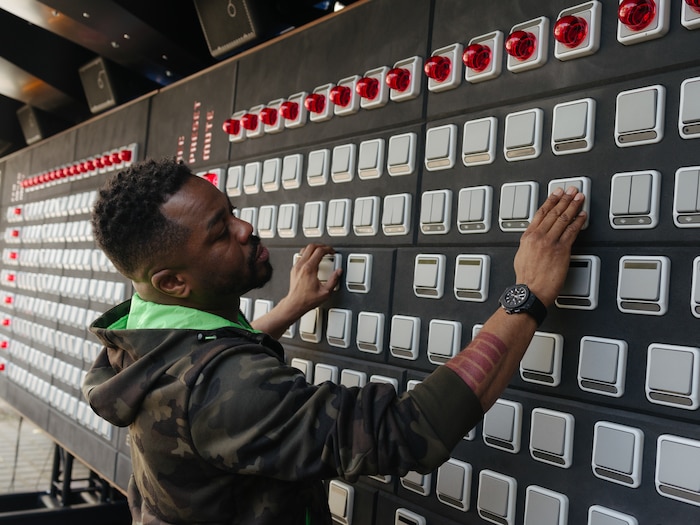
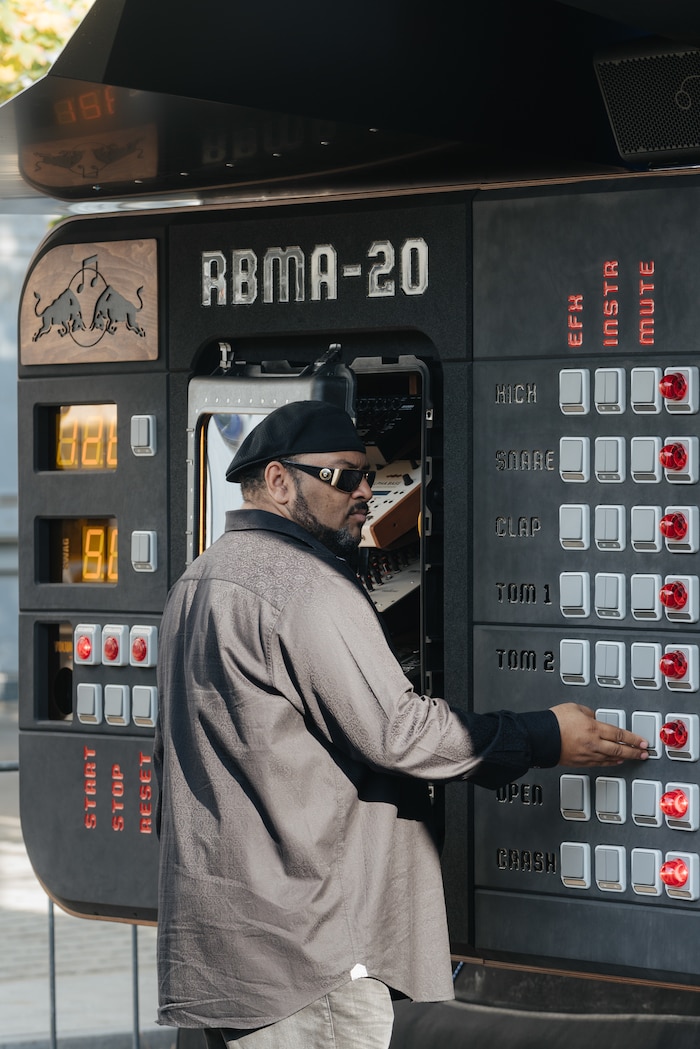
Participants
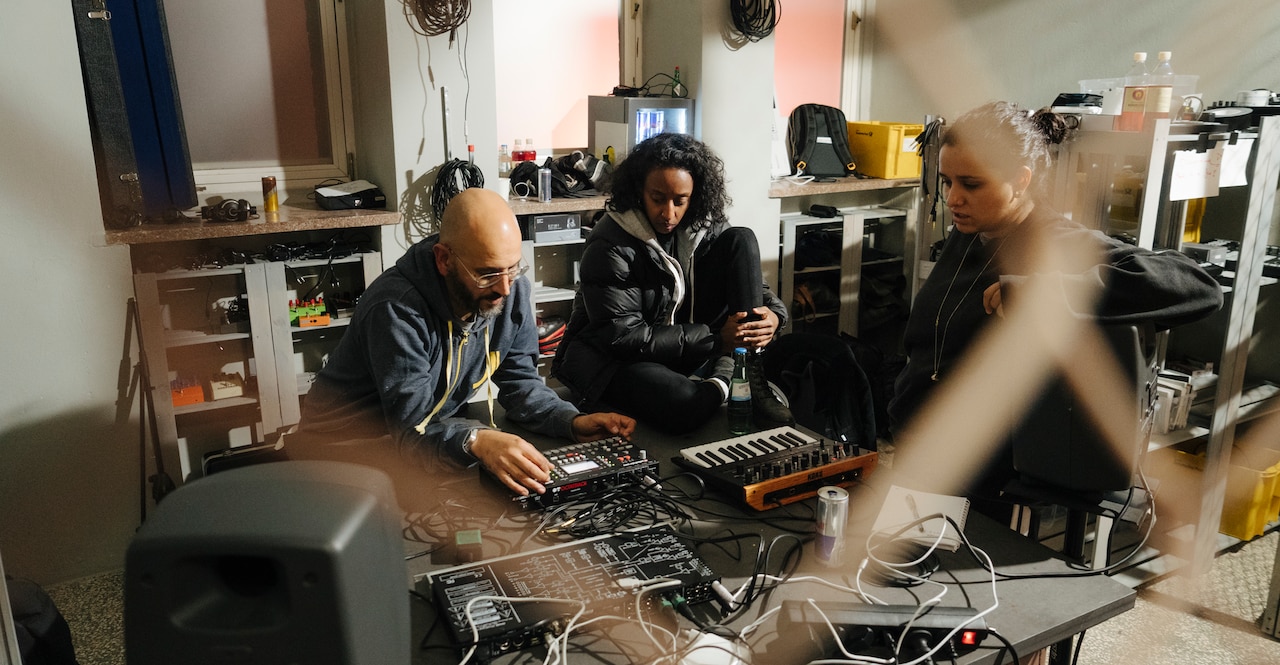
Selected from thousands of worldwide applicants, 60 participants from 36 countries traveled to Berlin to spend one of two fortnight-long terms living and breathing music – attending lectures, performing at Red Bull Music Festival events and collaborating in the studios at Funkhaus. Check out the full list of participants below, together with some photo highlights from their time at Funkhaus, and head here to read more about their varied backgrounds and skill sets. Over on Facebook, check out this clip showing Term One participants at work in the studios.
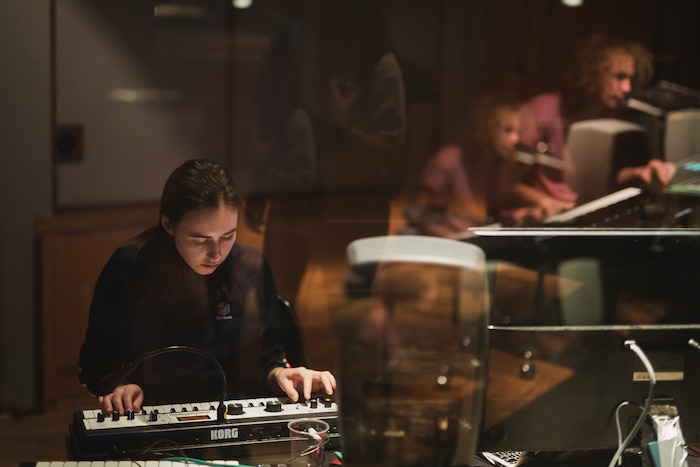

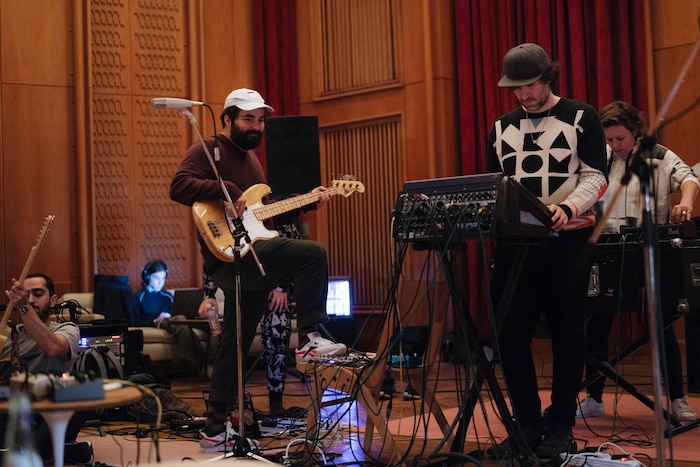
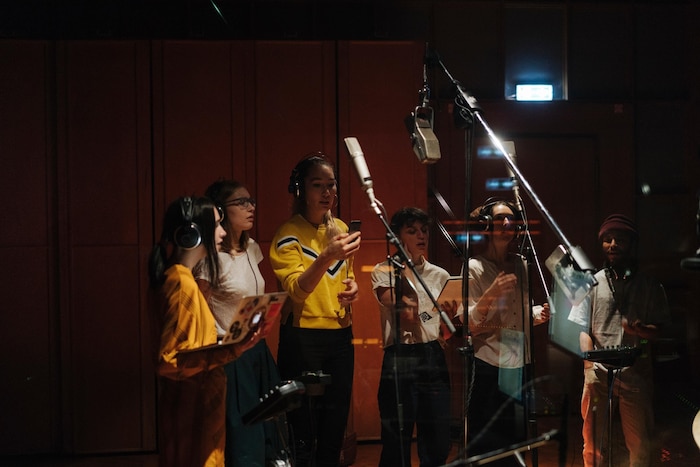
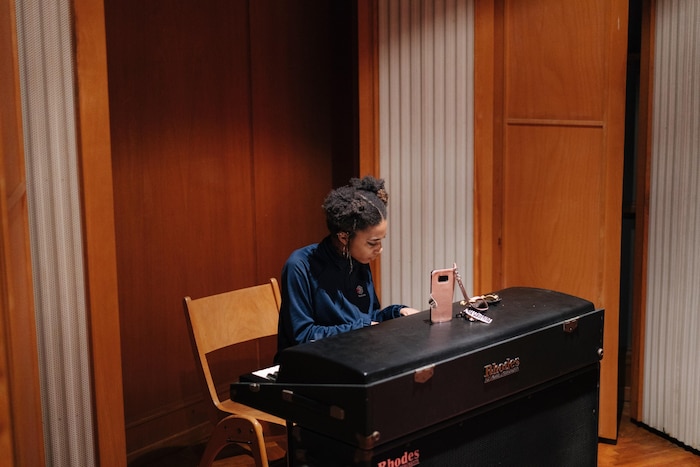
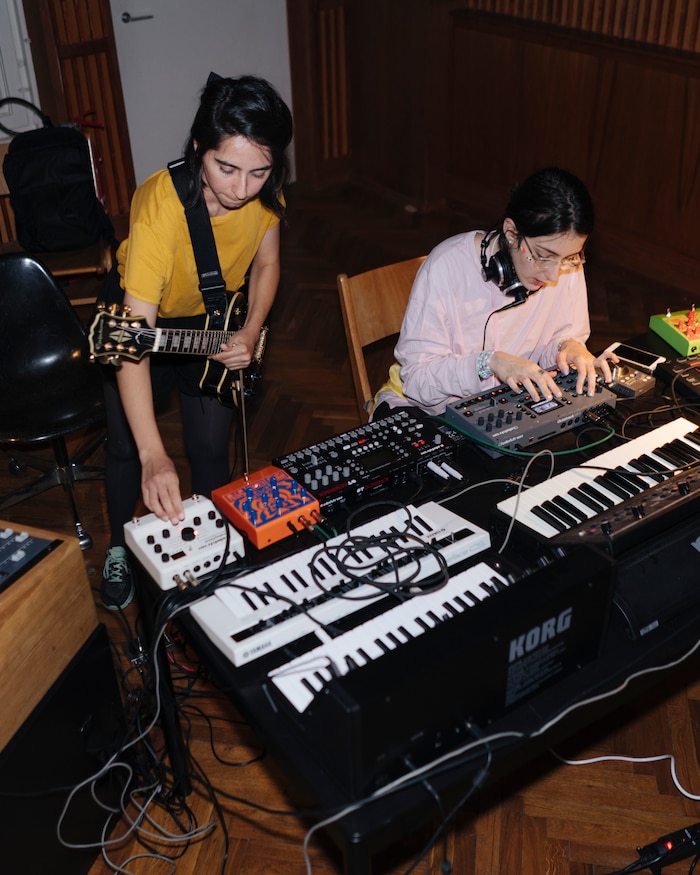

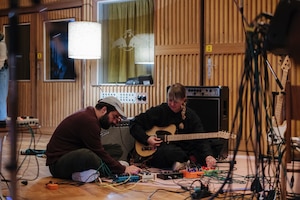
.3f34266d.aa84daf9.7af522d8.jpg?auto=format&w=300)
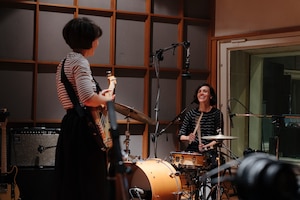
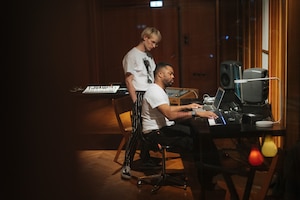

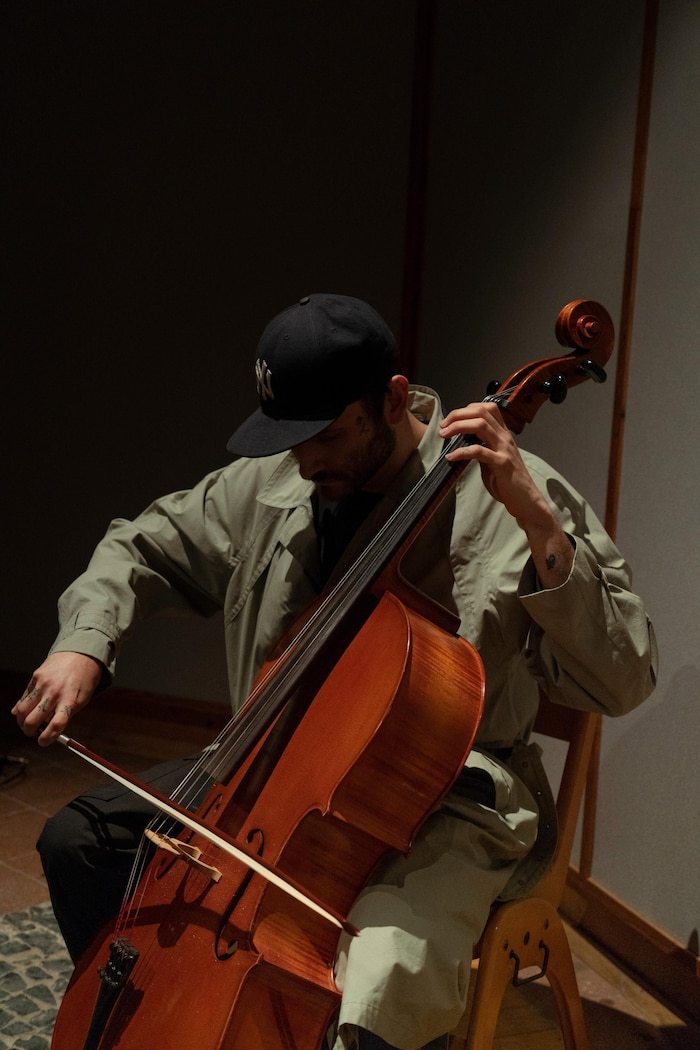
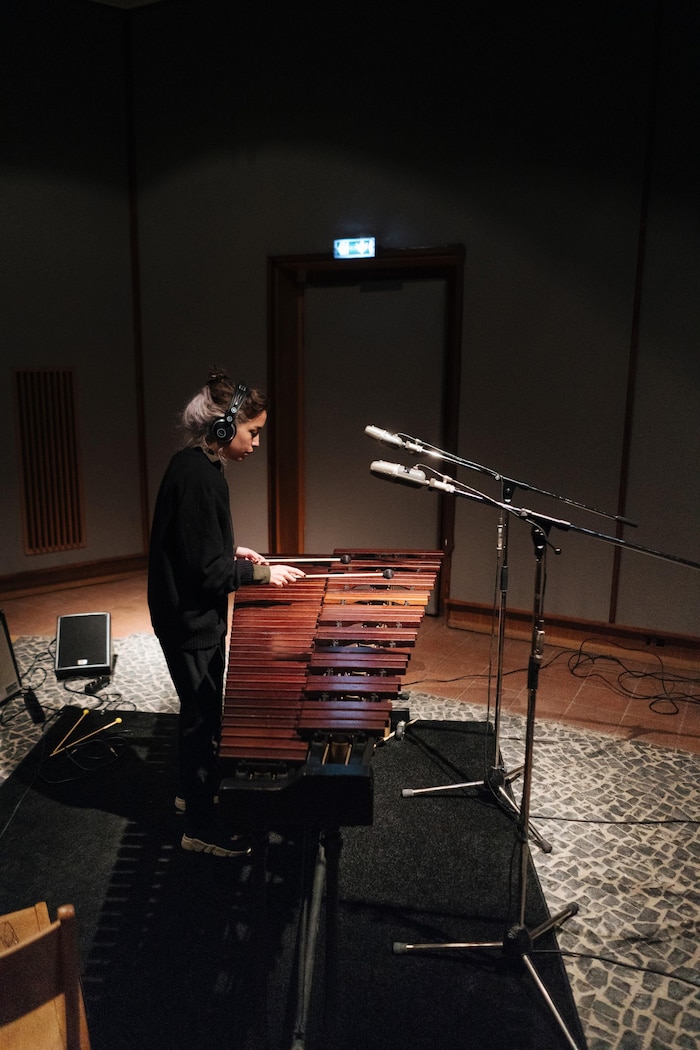

2018 Participants
Akemi Fujimori // Akiko Haruna // Akkor // Anna Vs June // Anxo Ferreira // ArtSaves // Repulsive Woman // Atariame // bear // Benjamin Sallum // BRUX // Camille Mandoki // // Carga Aérea // Caroline Lethô // chawood // CHINO // Cornelius SA // Dj Heroin // FAKETHIAS // IARAHEI // Impey // indi // J Colleran // Jacob Stoy // Jakinda // Jakob Herber // Jeannel // Katarzia // L CON // Loradeniz // lullahush // Maqueta // mess_montage // metabora // Milan W. // Mira Aasma // MORPSIS // Mulherin // nami sato // NewRa // Nick León // OG LULLABIES // Perel // Quinn Oulton // ramsha // robogeisha // Sasha Vinogradova // Sequoyah // Shelly // Sichangi // similarobjects // Sneaks // Solid Blake // Soul Of Hex // Svetla V // vōx // VTSS // Wasted Fates // Yakamoto Kotzuga // Ylia
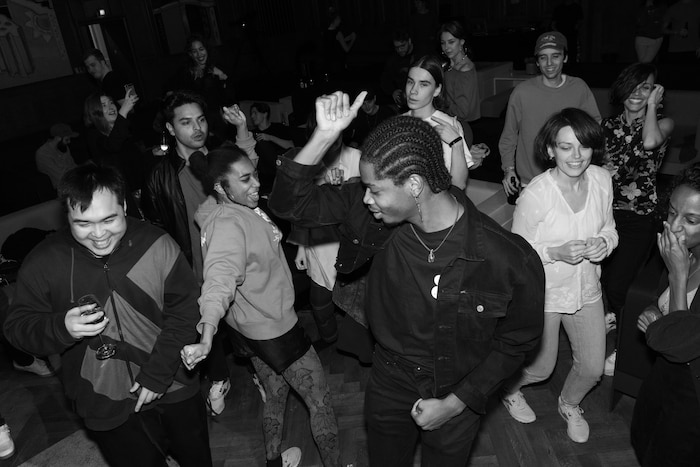
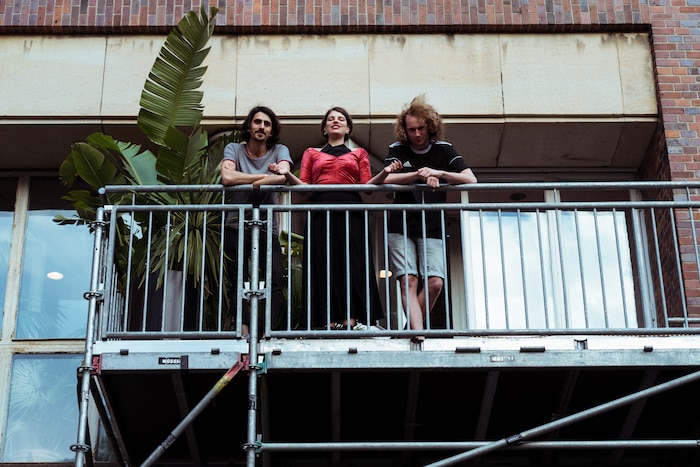
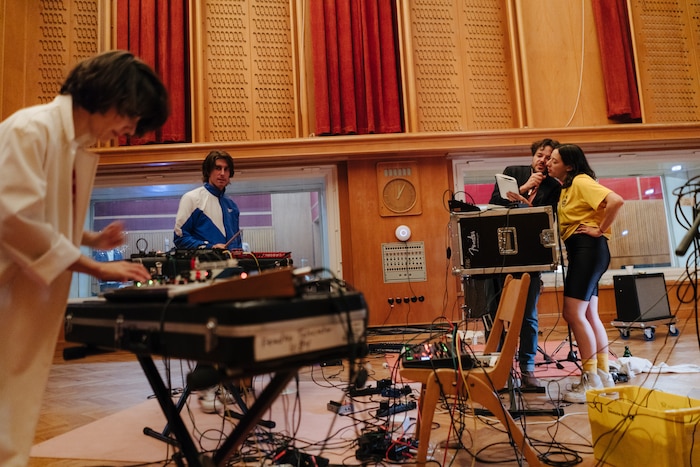
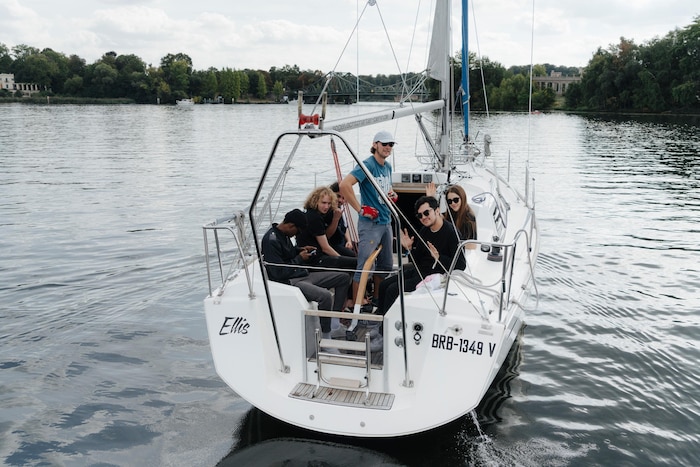
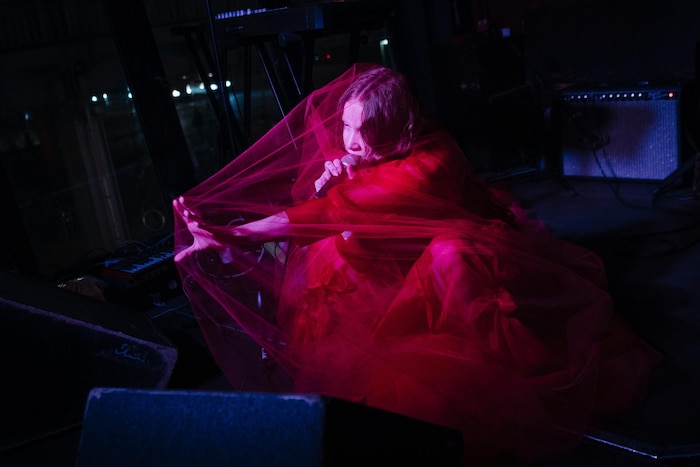
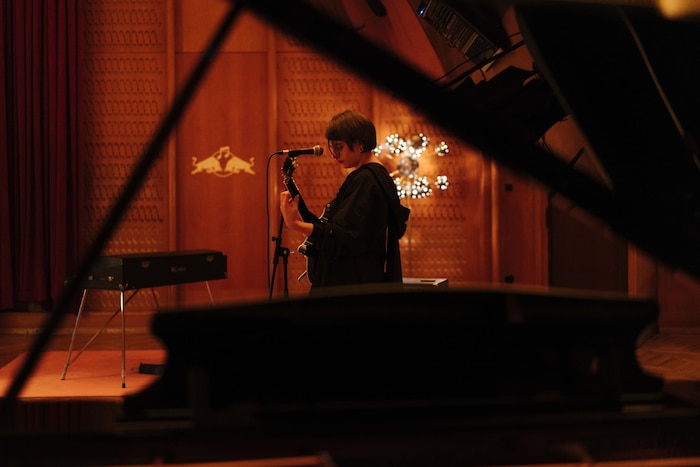
The Academy Space
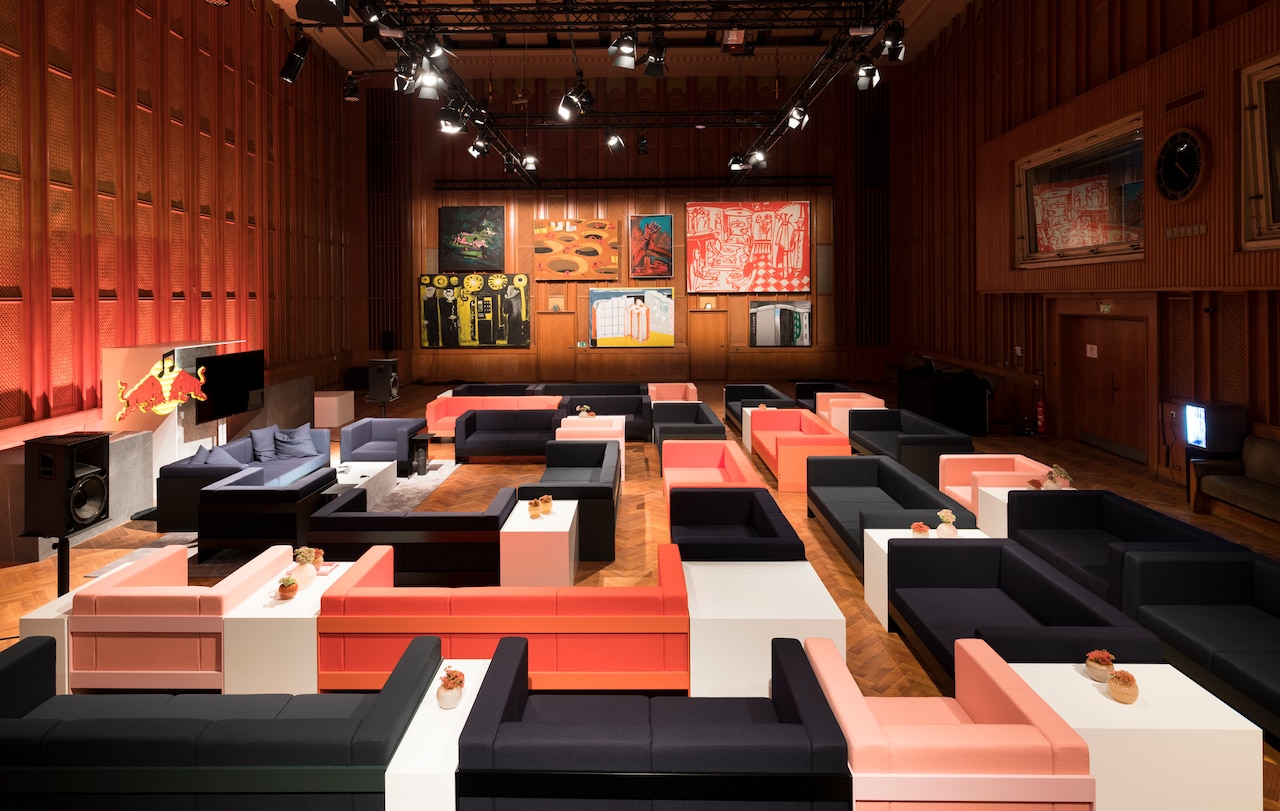
In 2018, we had the honor of setting up in some of the world’s most acoustically impressive spaces at the gargantuan and historic Funkhaus complex, originally built to house the broadcasting operations of the former GDR. In the communal areas and studios in Block B, production design and interiors were handled by mid-century modern design specialist Stephan Schilgen. With his Kurvenstar company, Schilgen spruced up the inside of the historic building and added rare design classics specific to the period of Funkhaus’s construction. Berlin design collective NEW TENDENCY additionally brought their Bauhaus-influenced aesthetic to the interiors, designing contemporary furniture pieces for RBMA. They drew on the work of the original Funkhaus architect, Franz Ehrlich, who was himself Bauhaus-trained, for inspiration – via curved orange banquettes in the canteen that employ the same gradient as the building’s striking curved colonnade hallway; coffee tables featuring black or white metal discs, that can be arranged in an overlapping pattern; and modular sofas and arm chairs, which, with their contrasting shades, were a bold feature of the lecture hall.
Contributing to the regeneration of Funkhaus, which is a massive and ongoing undertaking, RBMA restored wiring and soundproofing panels in the ten rooms making up two former radio play recording suites. One of Funkhaus’s large chamber music recording rooms was utilized as the live room for RBMA’s main recording studio. Several of the former radio play studios featured original foley elements, such as cobblestone flooring and a large staircase with varied surfaces for different types of audible footsteps.
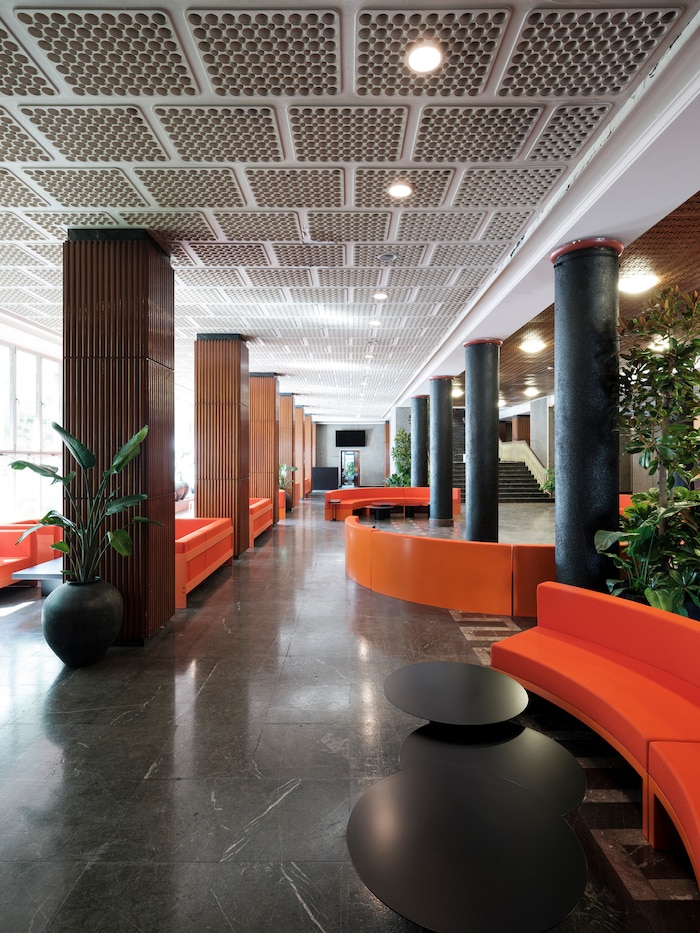
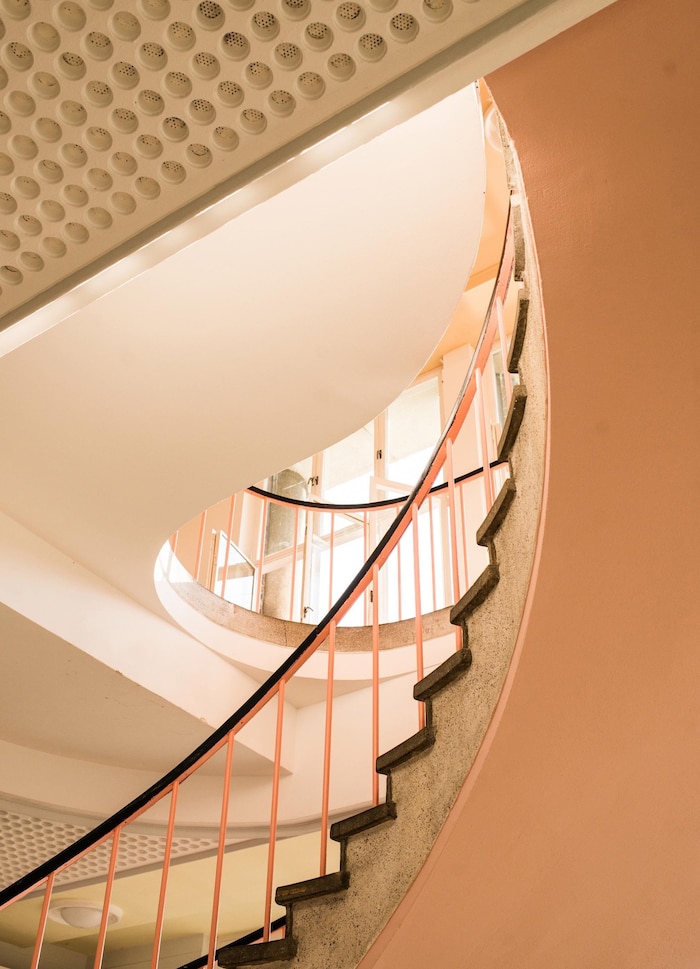
.7a4f81ef.fc117a3f.jpg?auto=format&w=700)
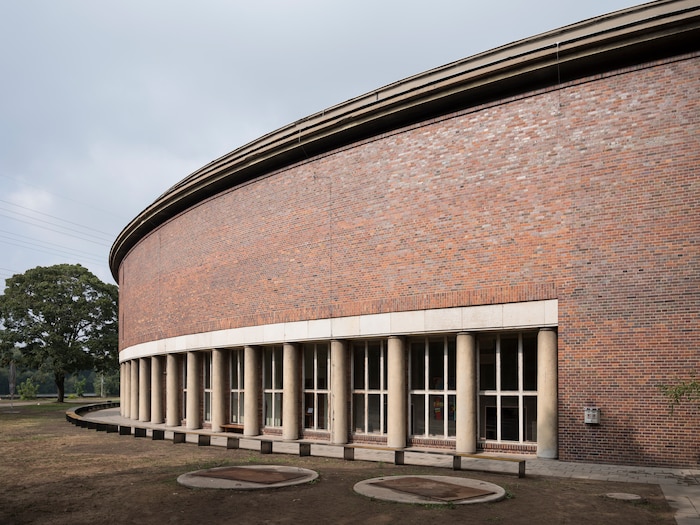

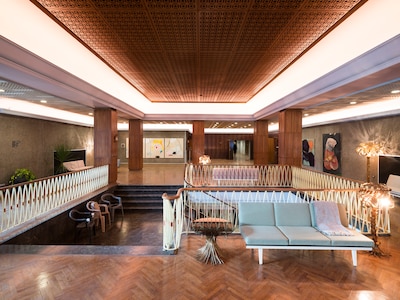
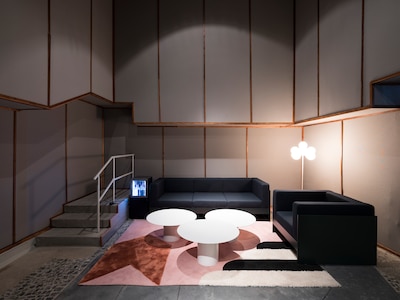
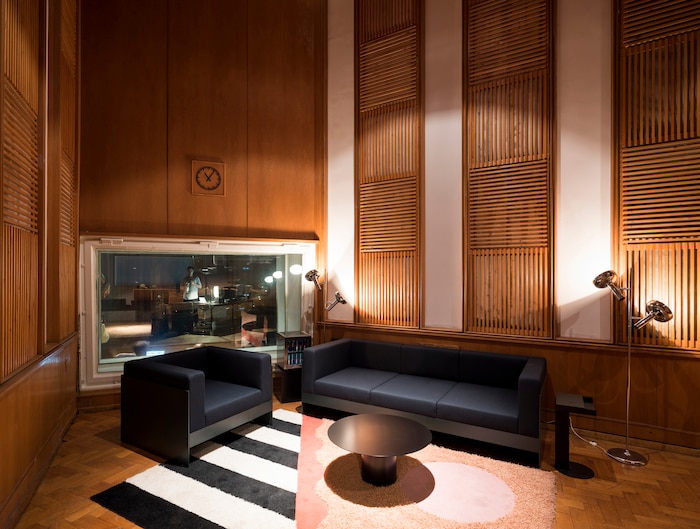
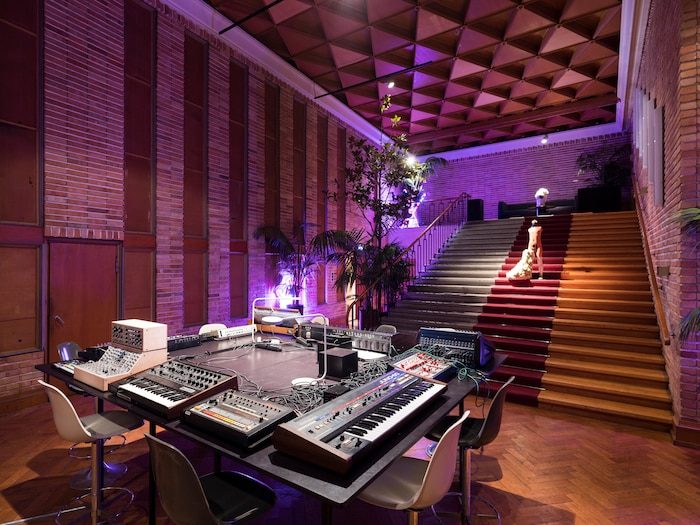
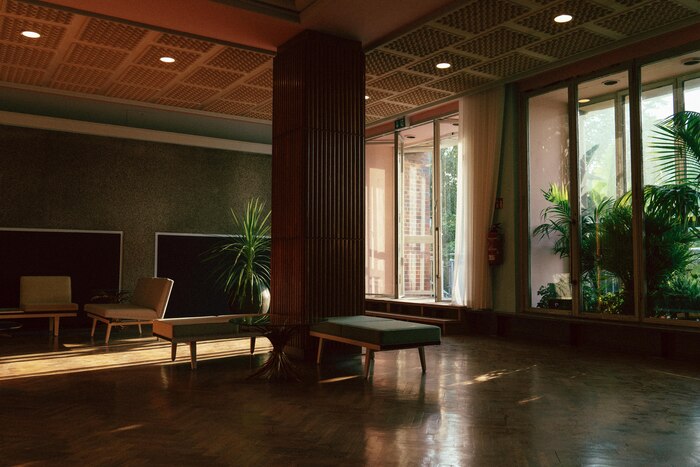
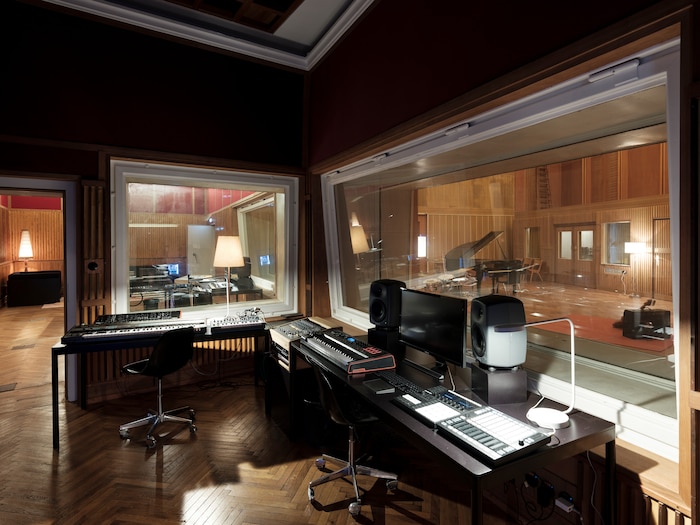
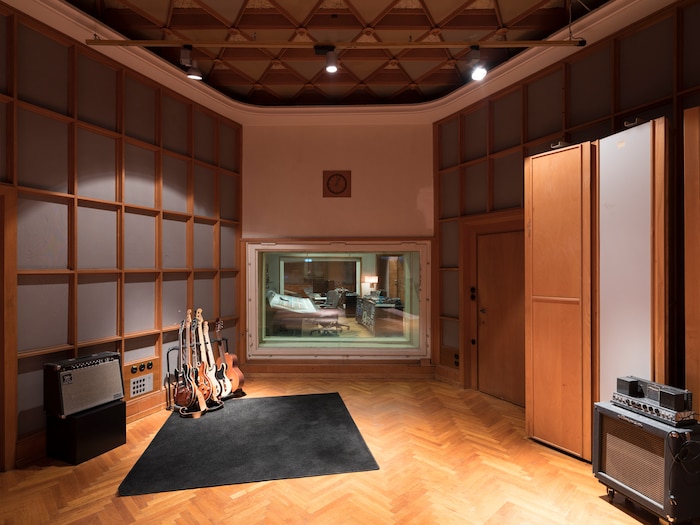
Within the unique spaces occupied by RBMA at Funkhaus, the renowned Berlin gallerist Johann König of KÖNIG GALERIE installed an exhibition of contemporary works by established and emerging artists, all of them living and working in the capital. Check out photos of all the art beautifying the Academy’s walls here.
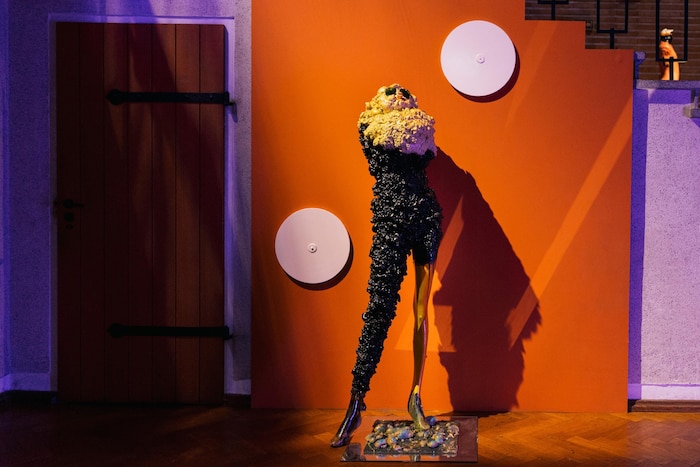

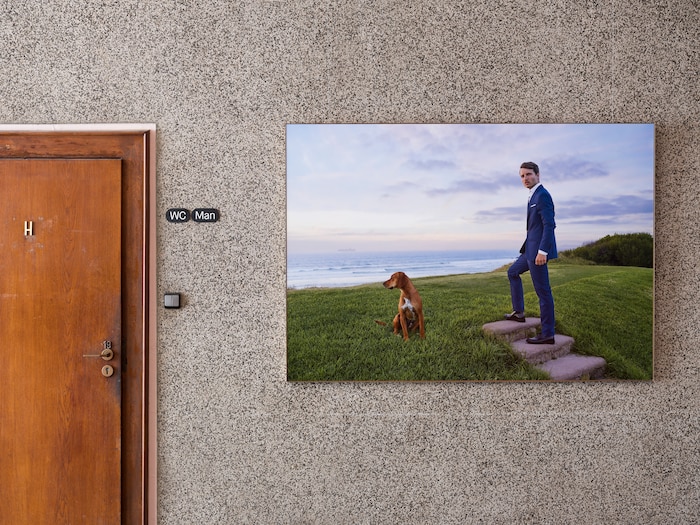
The Granular Convolver: An Instrument Created for RBMA’s 20th Anniversary Edition
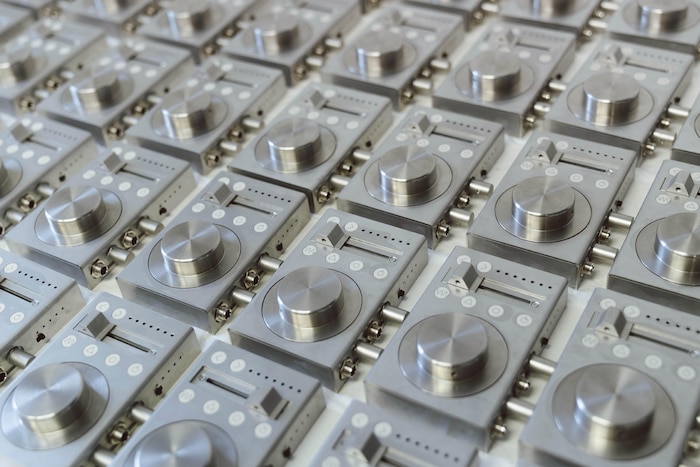
For this year’s Academy, Tatsuya Takahashi, Maximilian Rest of E-RM and Christoph Hohnerlein collaborated to create a unique musical device called the Granular Convolver. While it’s not uncommon to see these two words separately, before now they were never seen placed together in an instrument of this kind. A completely new way of interacting with sounds, this instrument brings together two experimental concepts, opening up a world of musical possibilities.
The device allows you to record sounds and slice them into small fragments referred to as grains. Once a sound is recorded, you can convolve the grains with any live input you care to send into the device. Essentially folding two signals, the instrument works to breed completely new sounds. With 20 recording slots and the ability to change the size of the grain and the point at which the recording starts from, the sonic combinations are endless.
Each Academy participant received one from a limited run of 100 Granular Convolvers and was tasked with filling it with sounds from their surroundings: See a playlist of video clips about their first encounters with the instrument here. Upon arriving at RBMA, the participants had the opportunity to combine these sounds, bringing together their individual stories and memories throughout the duration of their stay in Berlin.
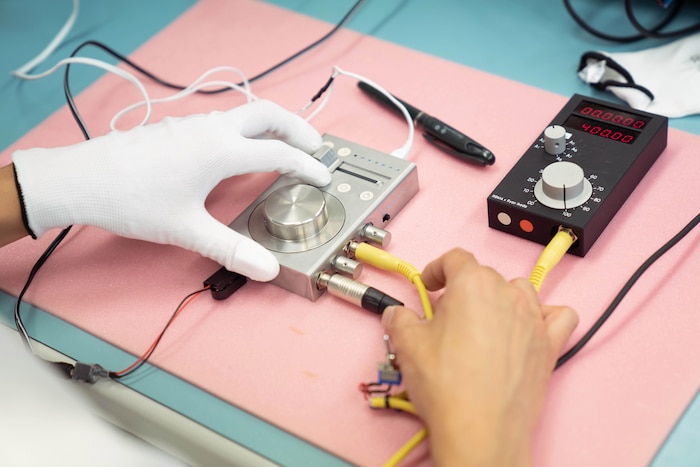
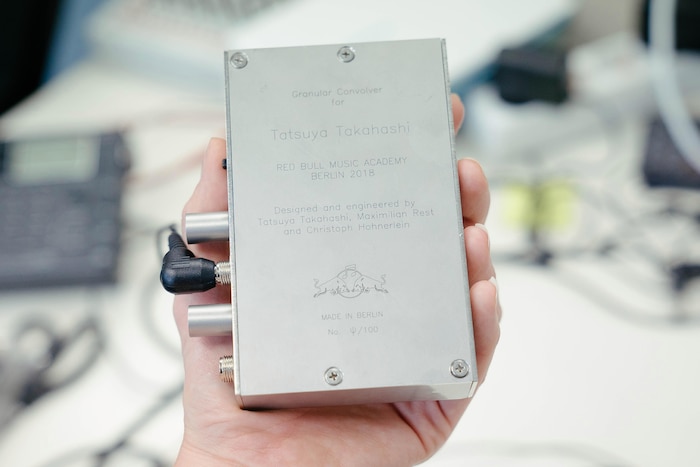
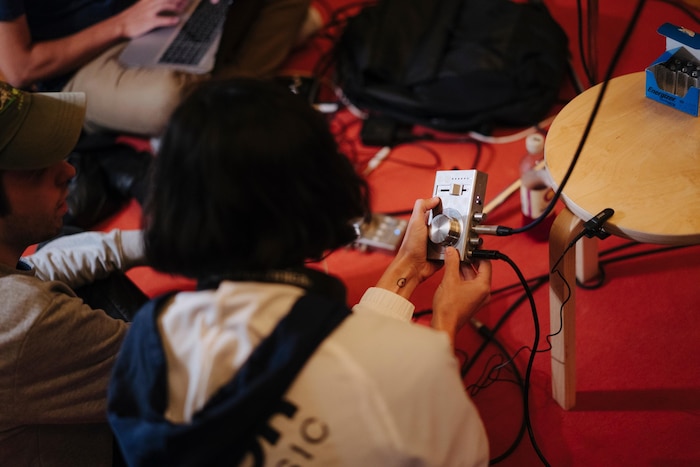
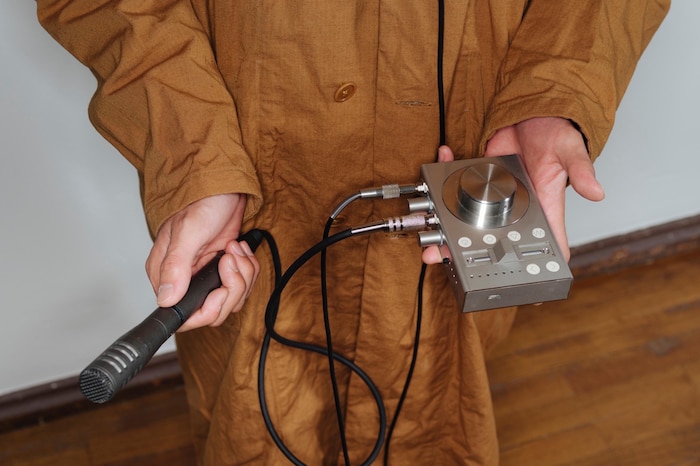
Studio Sessions
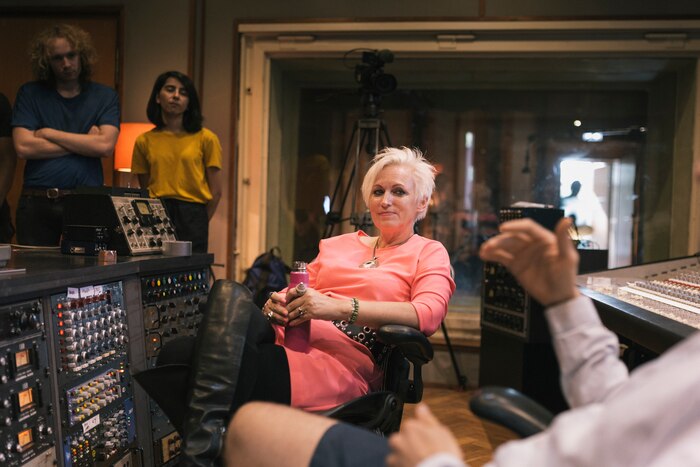
RBMA participants have the opportunity to witness some of our guest lecturers break down their working processes in the comfort of their natural habitat: The studio. As immortalized in the Academy’s ongoing video series Studio Science, renowned engineers, arrangers and artists lay bare their production strategies and delve into cult electronic instruments. In Berlin, workshops included sessions with the award-winning engineer Mandy Parnell, who has worked with Brian Eno, The Knife, Björk and more; arranger, composer and musician Brian Jackson, who is best known for his work writing, recording and performing with US jazz and soul legend Gil Scott-Heron; influential Philadelphian arranger, cellist and producer Larry Gold, who adeptly led a string session in the Academy; and Flavia Ferreira and Mark Verbos, who held a modular synth workshop.
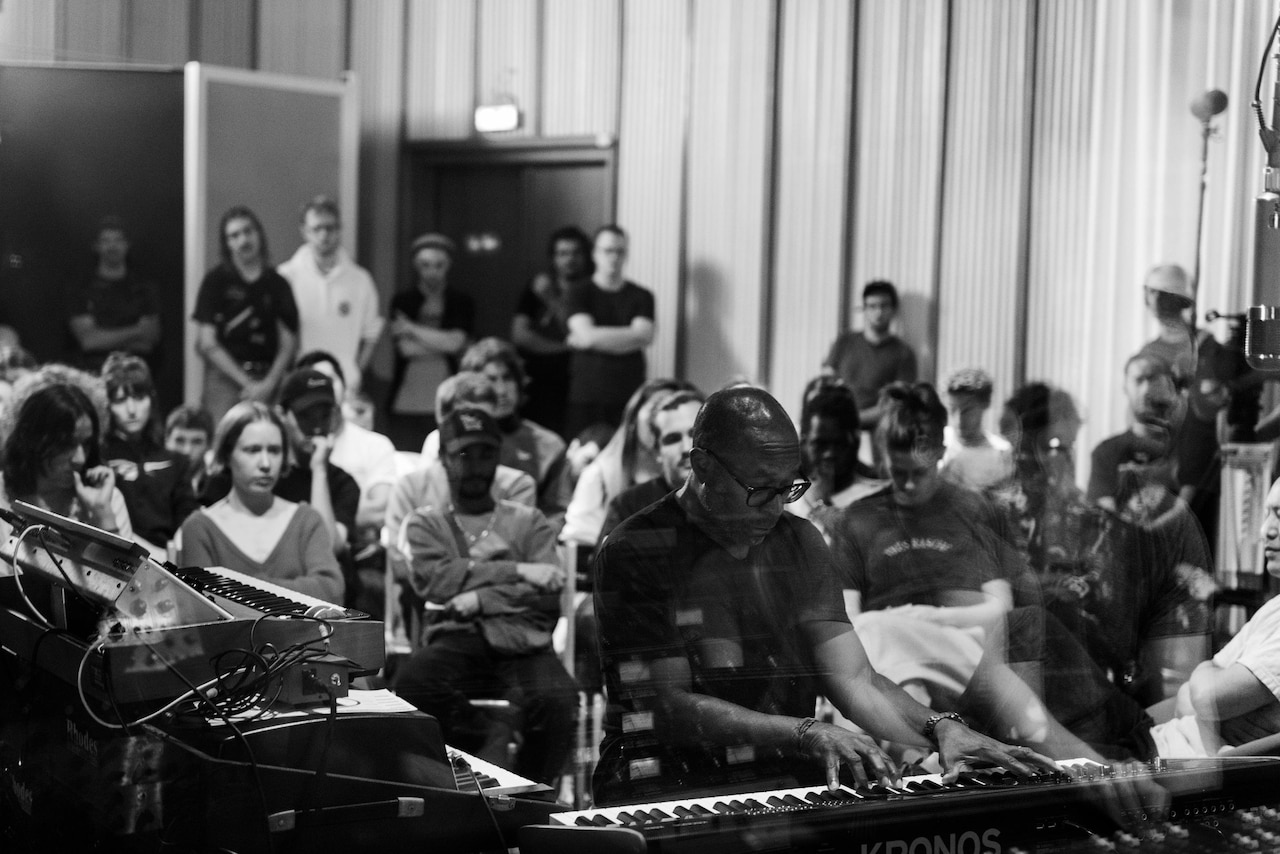
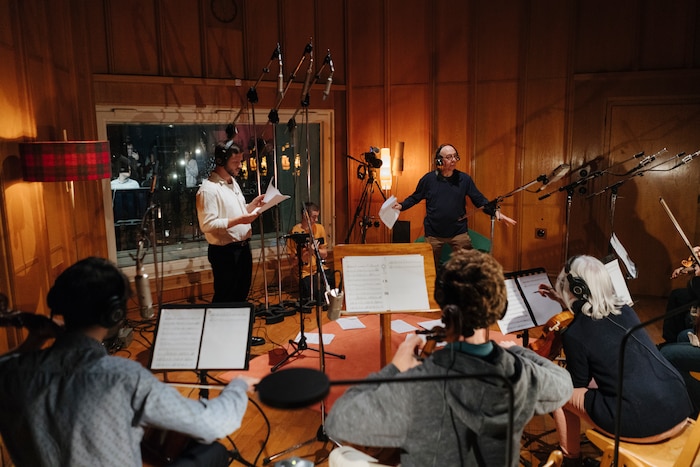
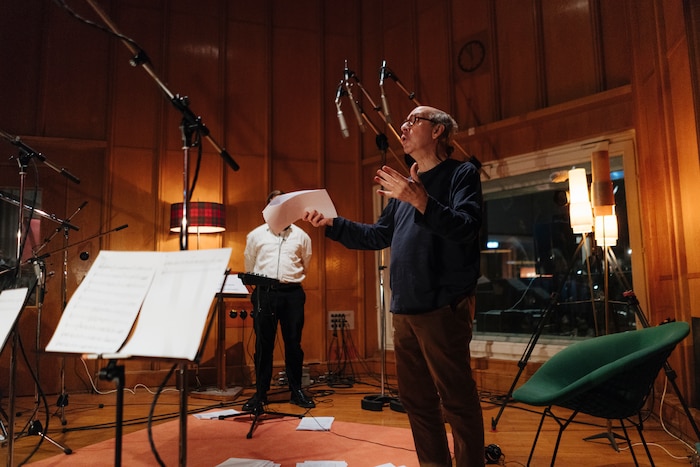
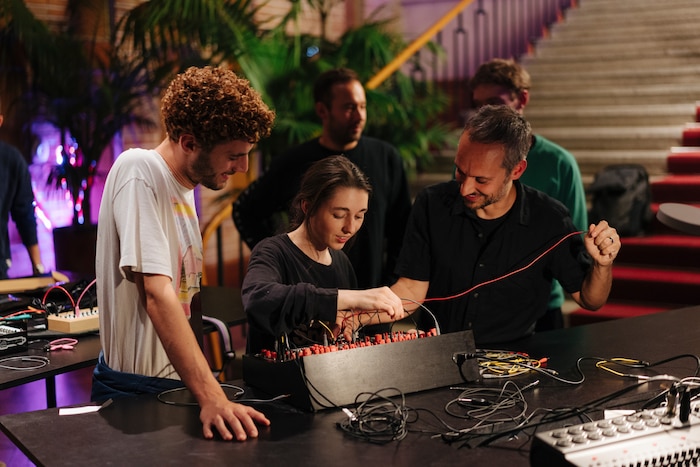
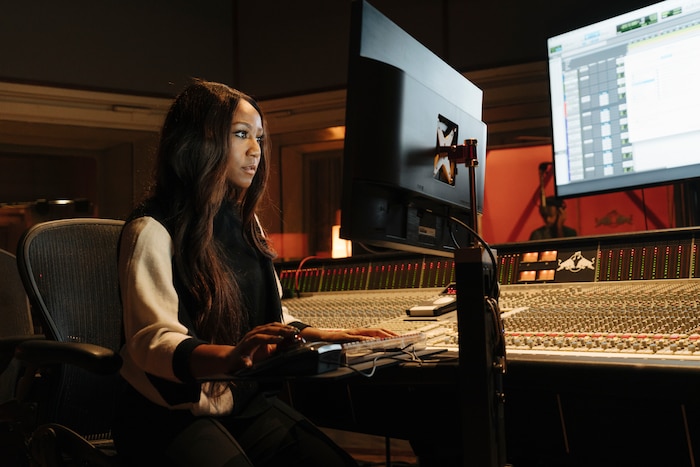
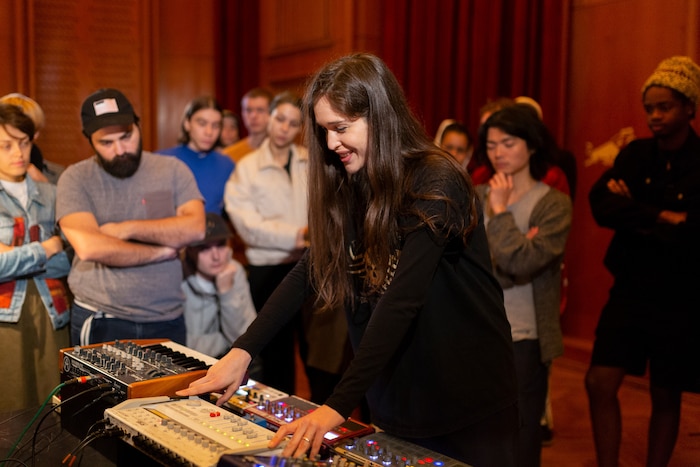
Red Bull Music Festival
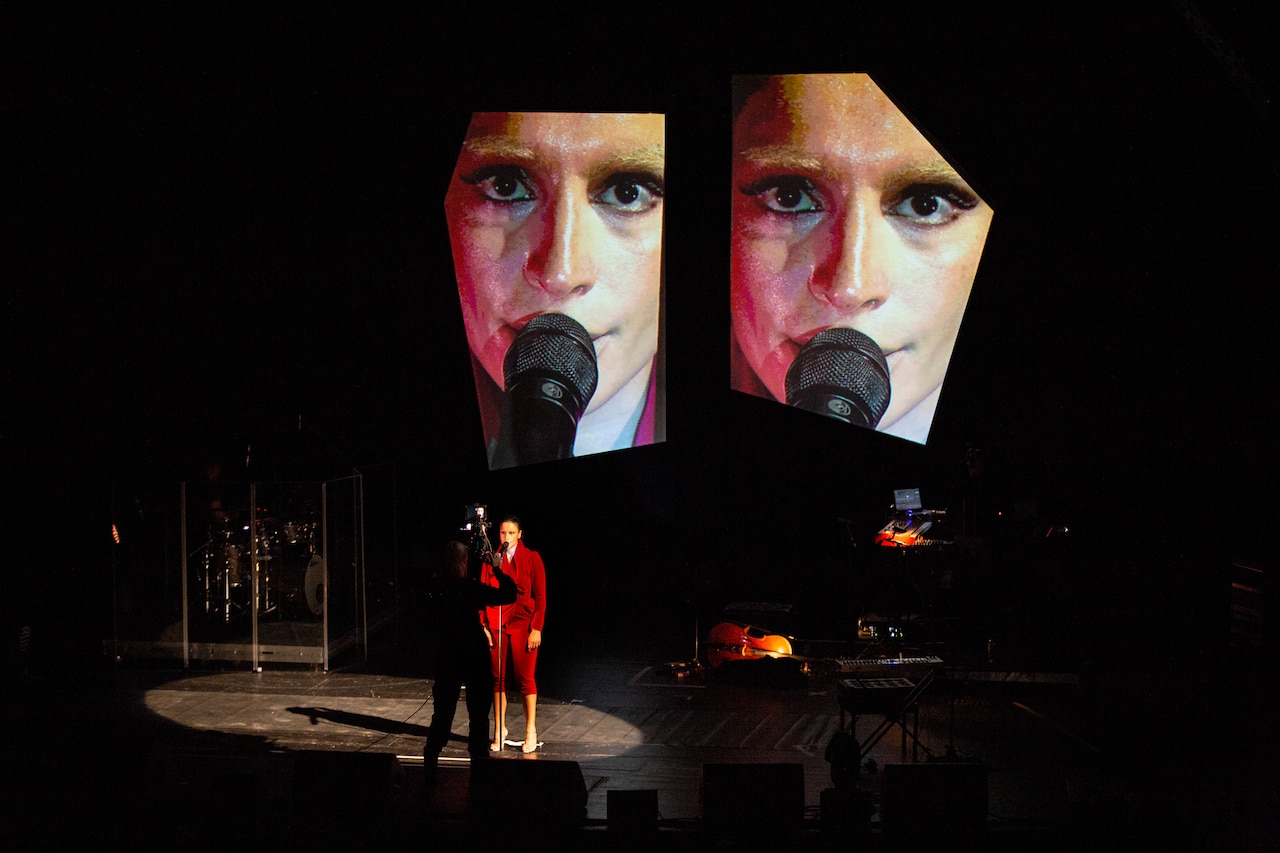
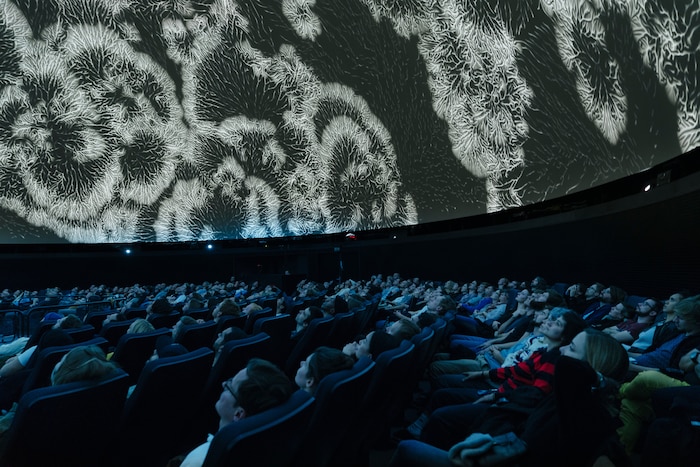

After editions in cities including New York, Los Angeles and Paris, Red Bull Music Festival came to Berlin for the first time from September 8 to October 12, delving into brand new musical movements via unique performances, club nights and public lectures. Held concurrently with RBMA, the lineups naturally featured many Academy participants, lecturers and alumni. Highlights included a huge rave paying tribute to three decades of techno in Berlin with Nina Kraviz, UR presents Depth Charge, Steffi, Tanith, Mathew Jonson and more. An Afro-Rhythmic Affair was a celebration of African dance music from Afrobeats, kuduro and gqom to UK Afrobeats and Afrotrap, featuring Titica, Freak de l’Afrique and more.
The Symphonic Sound System in Funkhaus’s jaw-dropping Saal 1, which is one of the largest orchestral recording rooms in the world, featured bespoke shows by electronic music iconoclasts on 4DSOUND’s giant spatial system. These included Indiana-based Planet Mu artist Jlin recontextualizing her signature sound design in an inhabitable sonic world, and Oneohtrix Point Never presenting a site-specific version of his four-part dystopian concertscape MYRIAD. For the full schedule of events at the Red Bull Music Festival in Berlin, visit berlin.redbullmusicacademy.com.
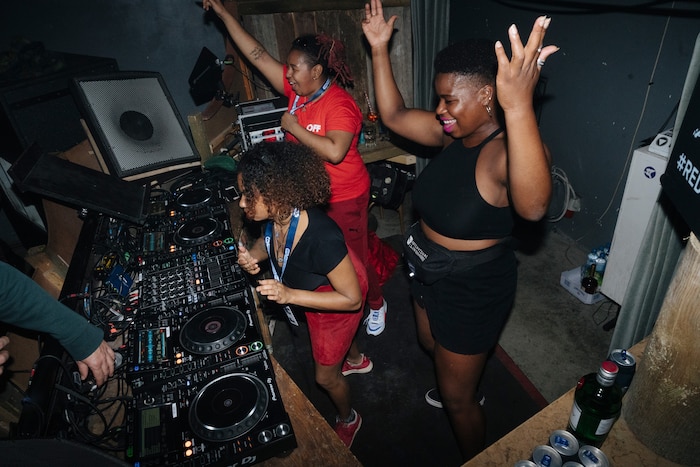
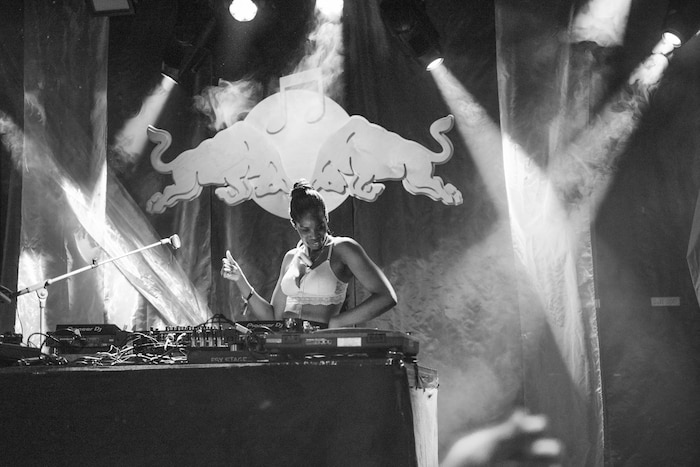
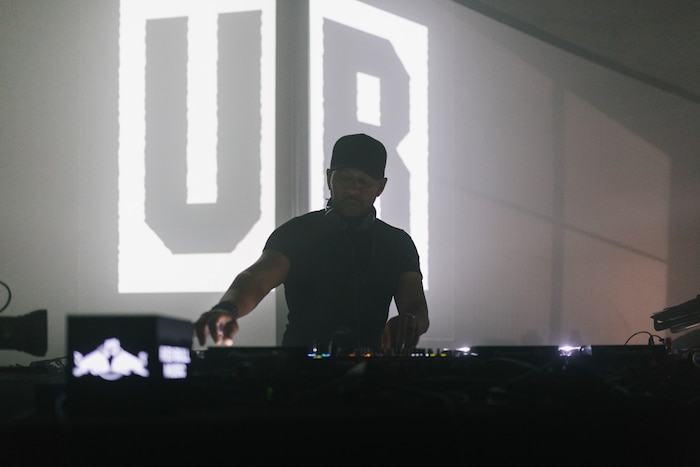

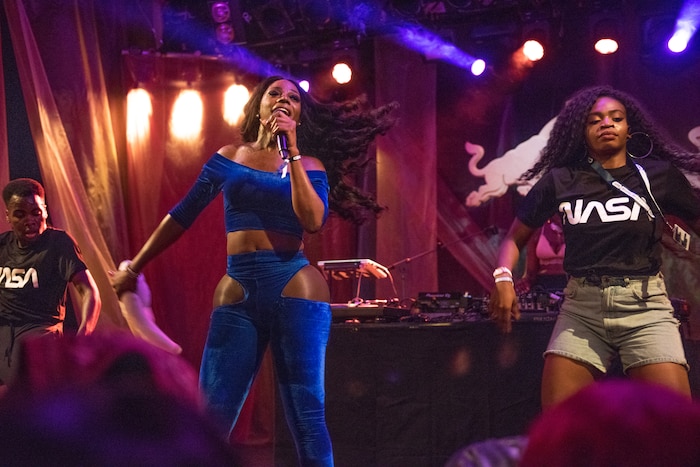
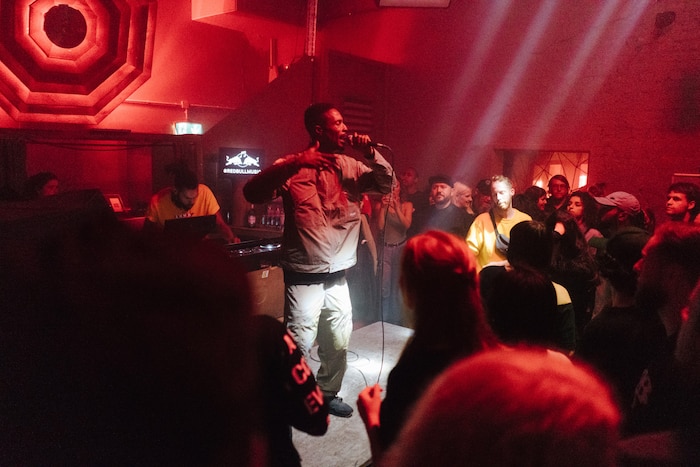
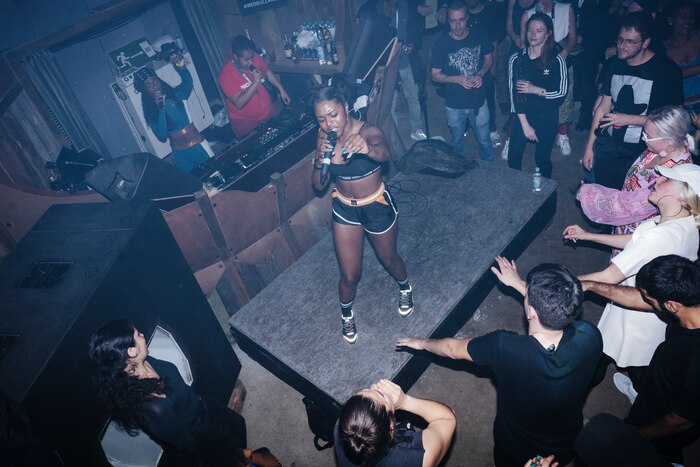
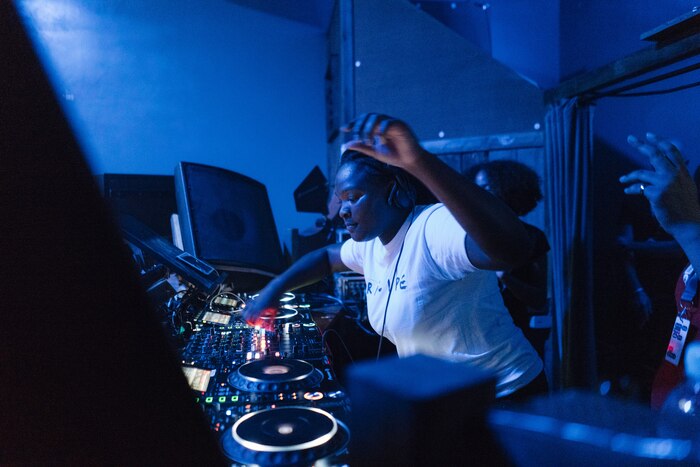
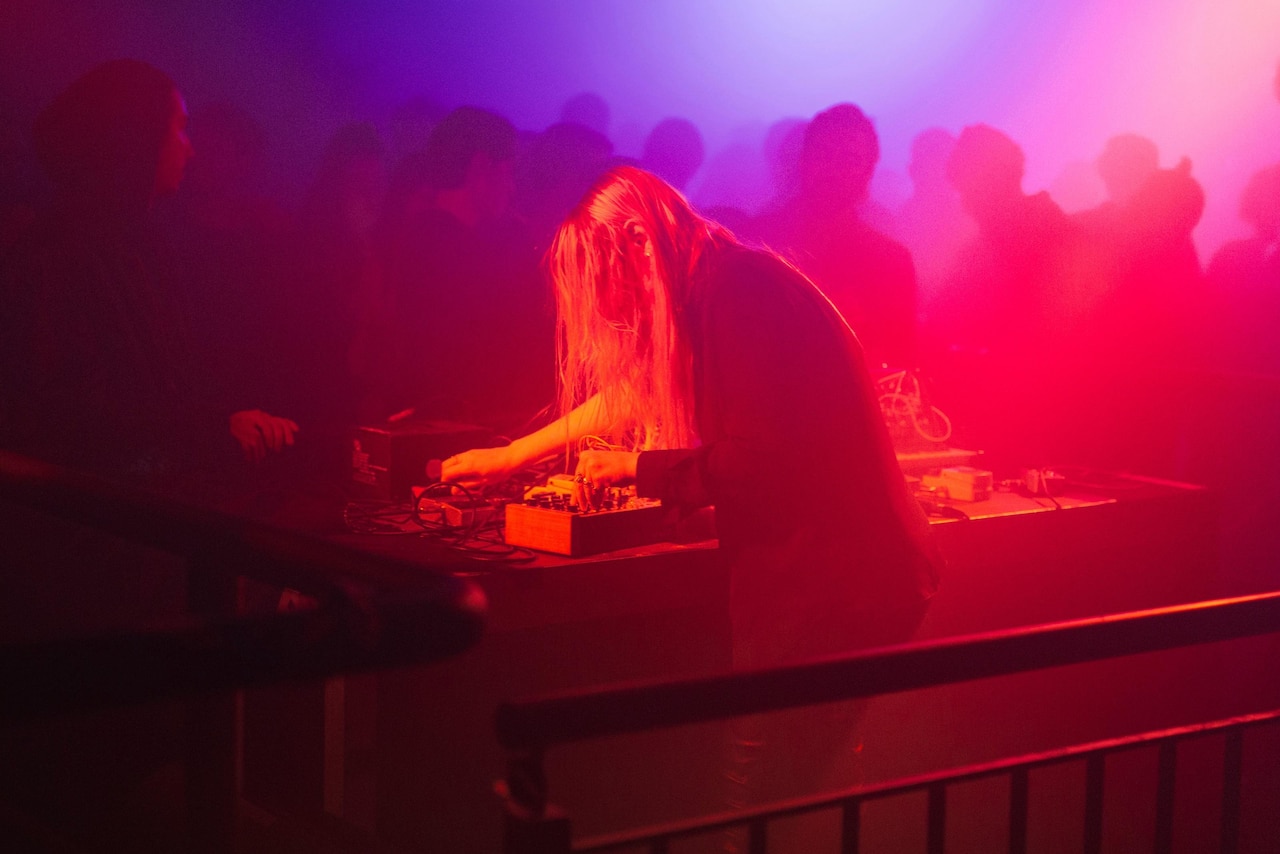
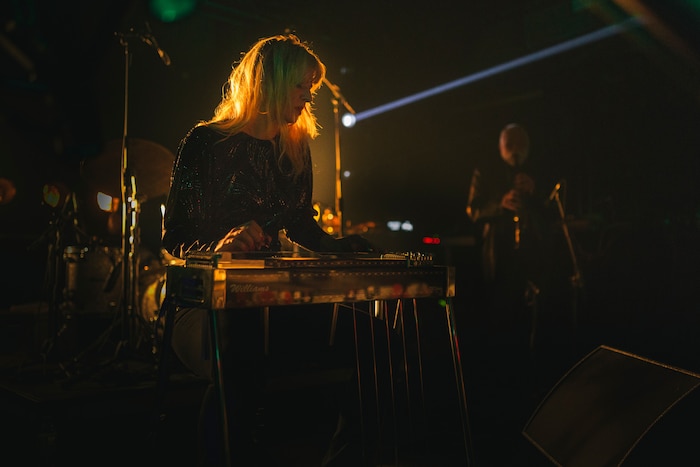
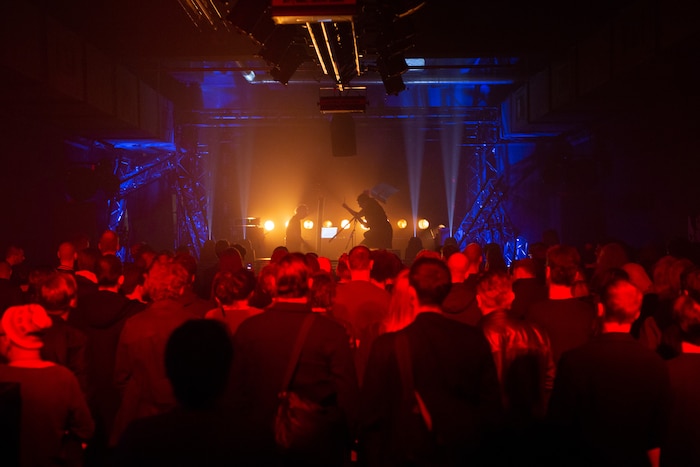
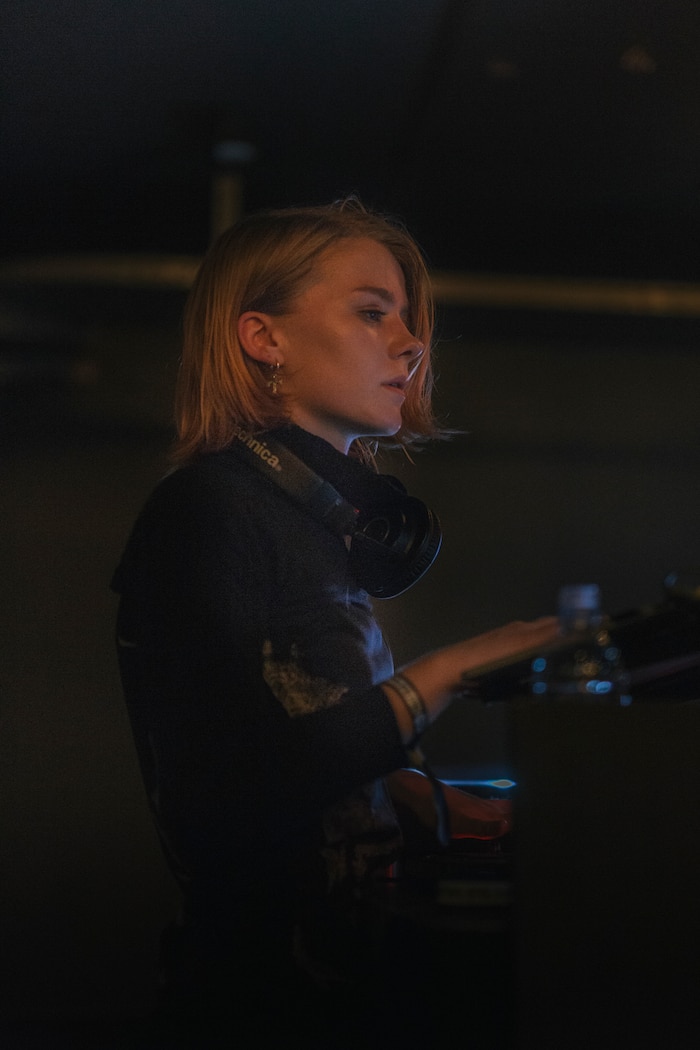
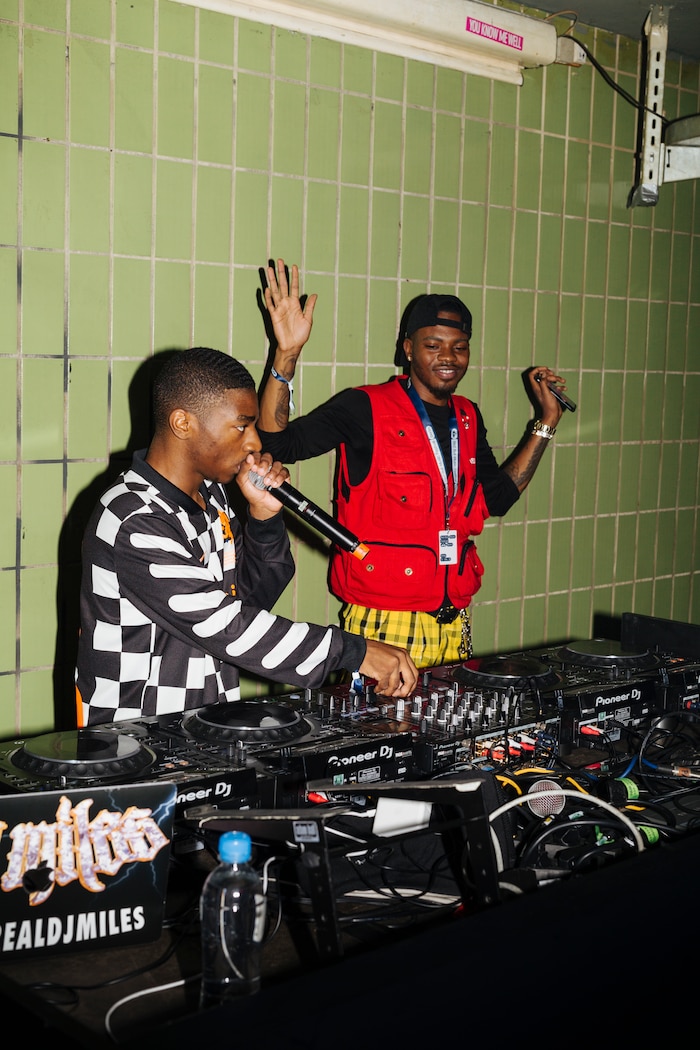
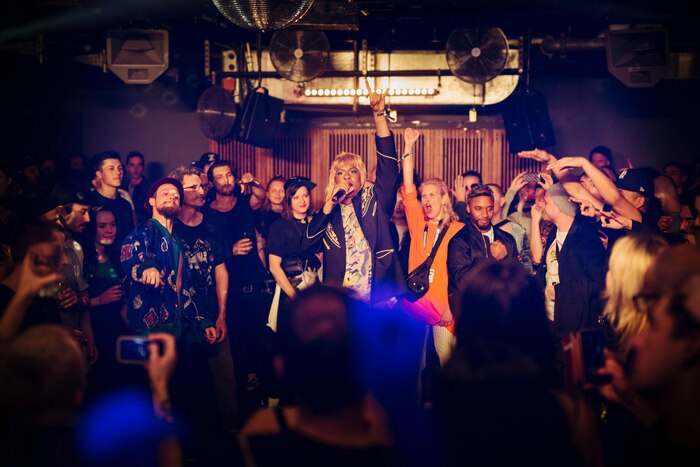
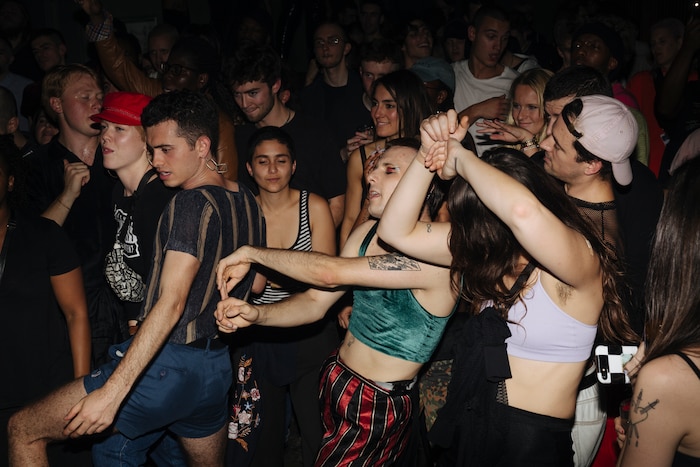
Red Bull Radio

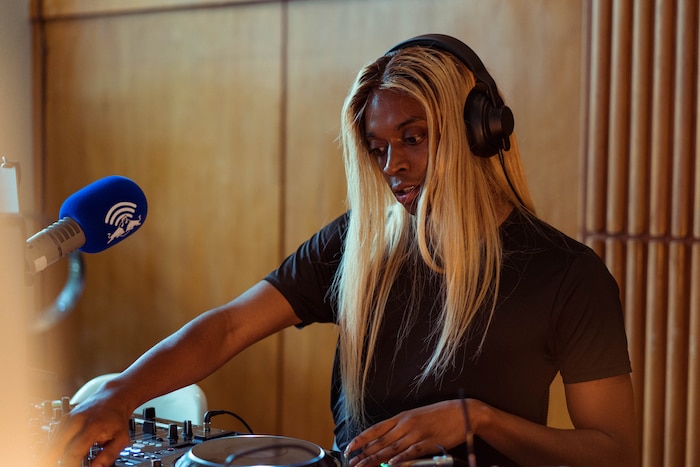
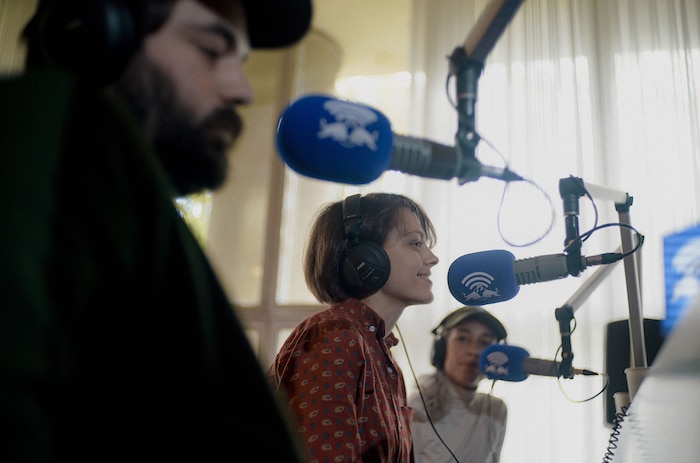
Red Bull Radio broadcasted live from Berlin’s Funkhaus every day during the Academy, airing live episodes of its signature shows and celebrating RBMA’s 20th anniversary with a month-long program of in-depth interviews and special guests. Listeners heard unique stories about the artists who have shaped the city’s music culture past and present, and were likewise able to tune in to the best moments from the Red Bull Music Festival Berlin.
Among the many shows that went out live from the Red Bull Radio studio at Funkhaus were Vivian Host’s daily show Peak Time, with guests including electronic music heroine Ellen Allien, legendary drummer George Kranz and many more; Roll Call Berlin, which shone a light on all of the RBMA participants over 20 episodes; Shawn Reynaldo’s First Floor, featuring the city’s best electronic music talent including Avalon Emerson, Steffi, Courtesy and more; Top Flight with Chal Ravens, featuring a variety of Berlin bass music explorers; plus a whole stack more shows showcasing Berlin’s best record shops and international artists like Modeselektor, Nina Kraviz, Tangerine Dream, Boys Noize, Gerd Janson, rap legends Staiger & Melbeatz, Lucrecia Dalt, Henrik Schwarz and many more.
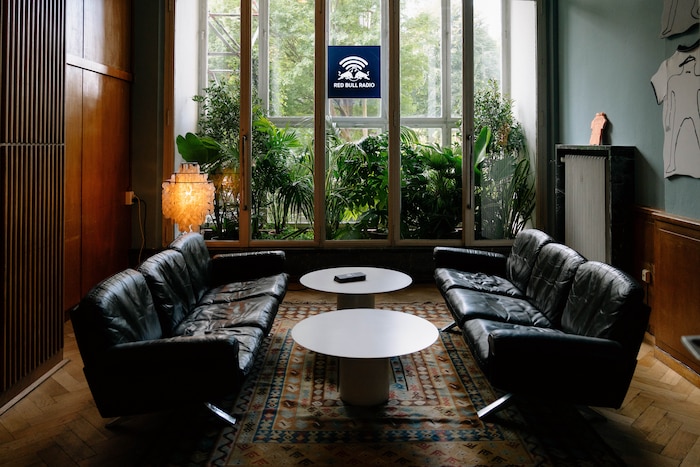
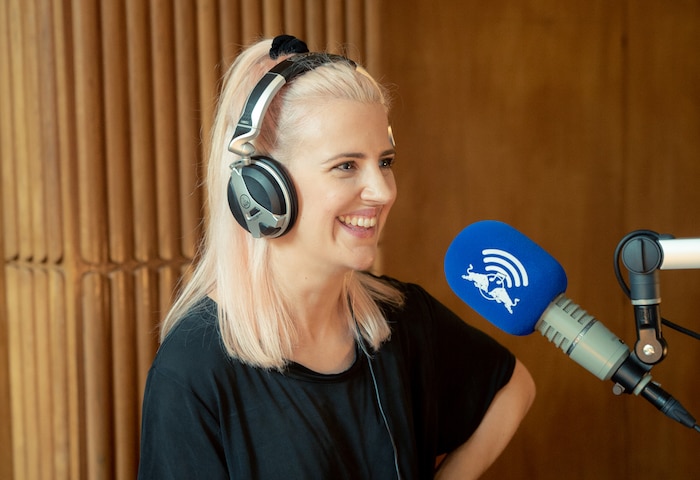
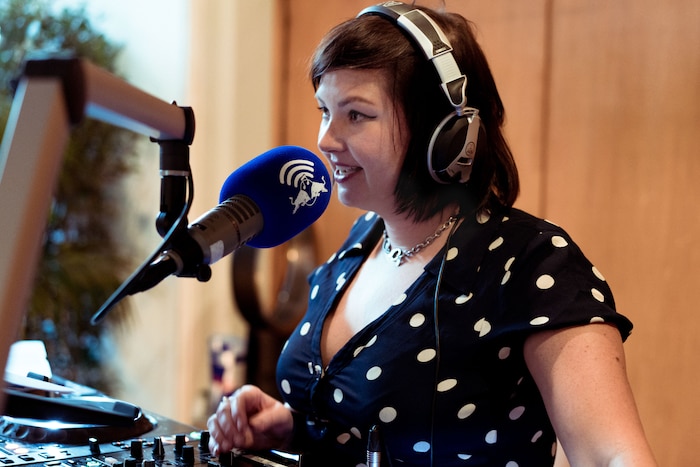
RBMA Daily
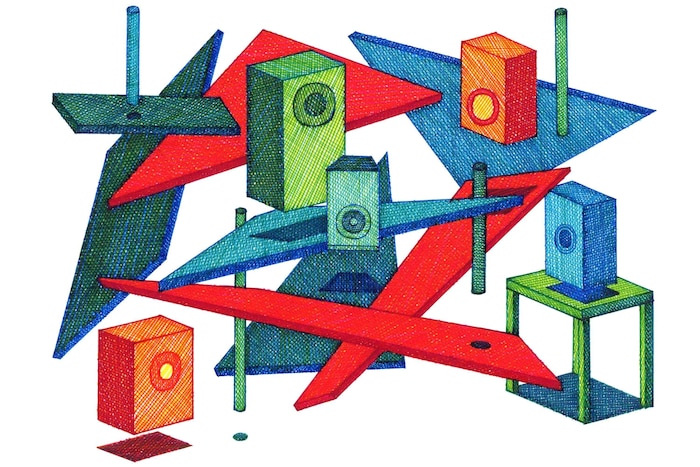
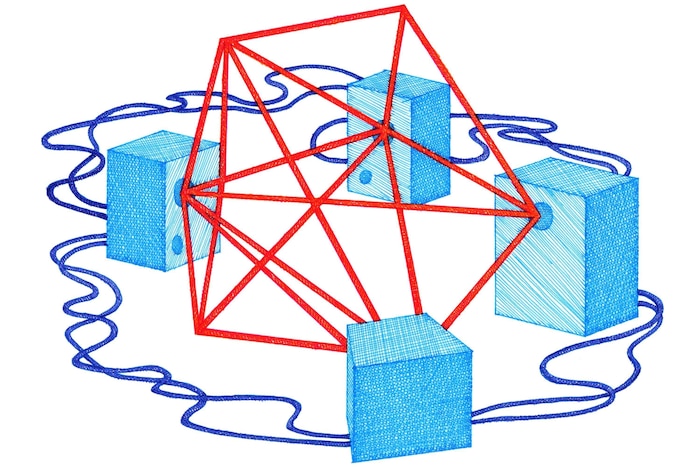
During the Academy in Berlin, RBMA Daily explored far-ranging themes connected to lecturers and Red Bull Music Festival events – such as a visual history of spatial sound and an investigation into the infiltration of cyborgs in popular music. In even closer proximity, the Daily explored the otherworldly surrounds of the Funkhaus building, publishing an interview with one of the historic studio complex’s original engineers, Gerhard Steinke; a profile of Stephan Schilgen, the maverick mid-century design specialist who worked his magic on the Academy interiors; and a gallery of the artworks curated by Johann König adorning the Academy’s walls, all of them by established and emerging Berlin artists.
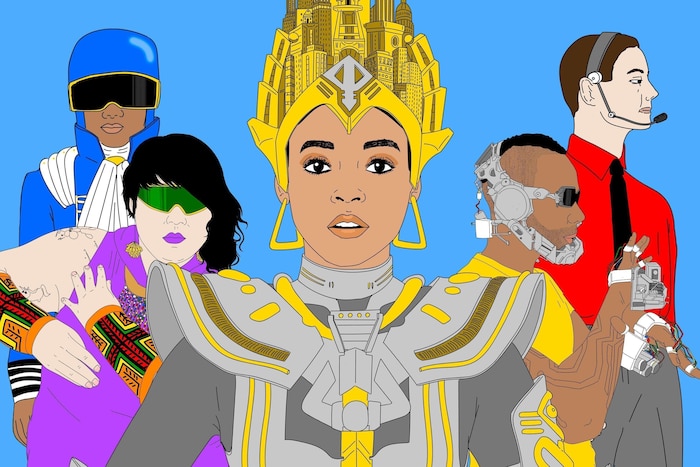
Celebrating RBMA’s long awaited return to its place of origin, the Daily also looked in detail at varied strands of Germany’s rich music history, with articles examining the unique trajectory of contemporary music in Berlin – a city that is a beacon of creativity for musicians the world over. These included a profile of the influential Zodiak Free Arts Lab and an oral history of Berlin minimal techno; while a series about Berlin nightlife across the ages, illustrated by Gaurab Thakali, included essays on topics like the creative industry in the capital and Berlin club culture in the 1920s. To read all of the articles relating to the 2018 Academy, click here.
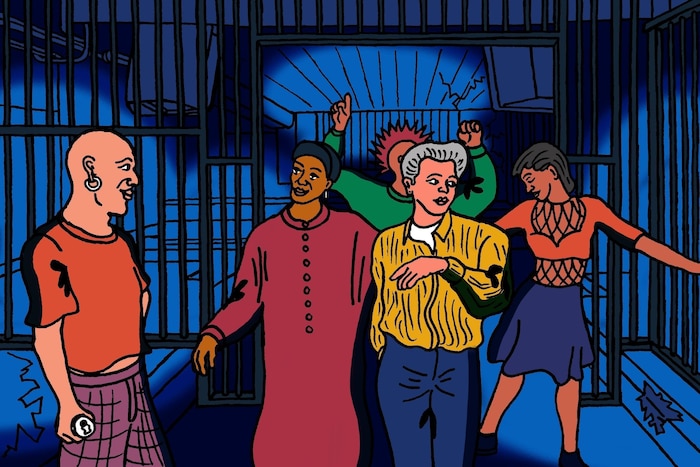
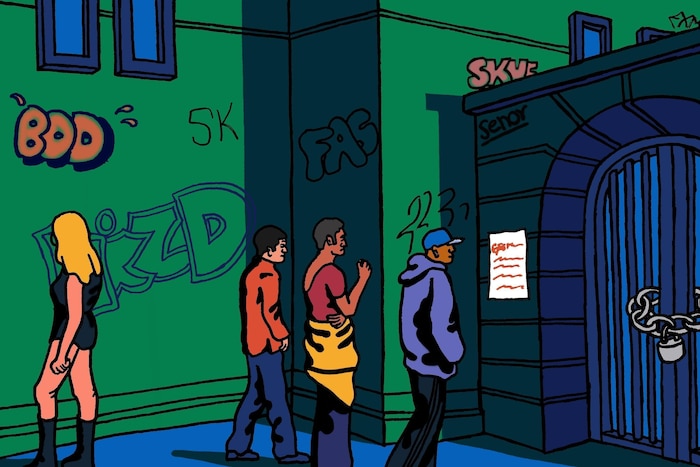
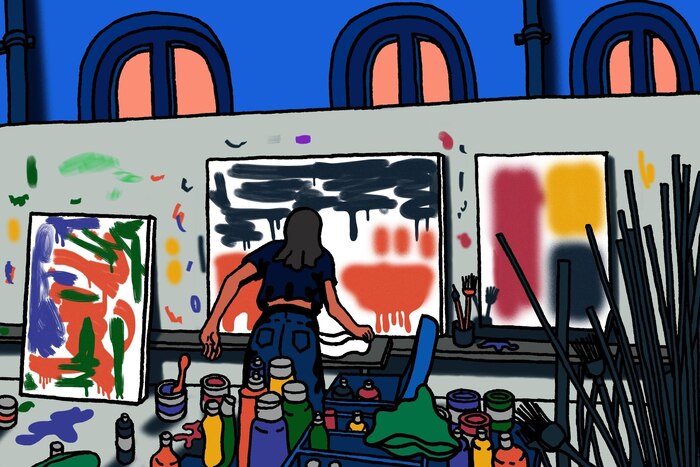
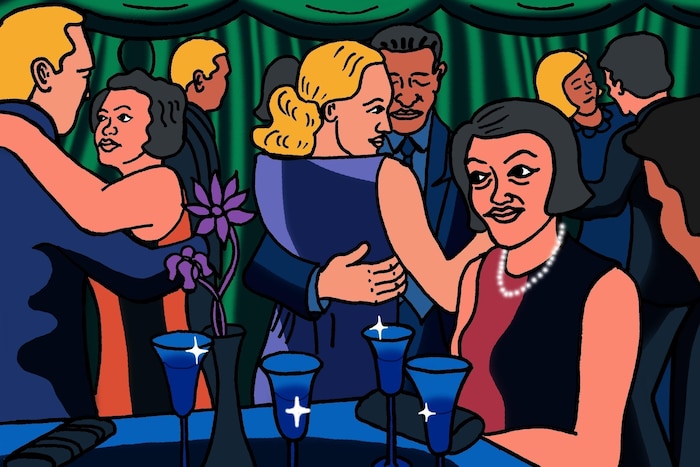
Graphic Design
For Red Bull Music Festival and the 20-year anniversary of Red Bull Music Academy, Berlin-based creative studio HelloMe developed a visual identity exploring the discrepancy between the promises and realities of a digital society, modern nomadism and urban aesthetics. The founding of the Red Bull Music Academy in a late 1990s Berlin characterized by opportunity, raves, freedom and a lack of order inspired a visual language reflecting on technological developments since the early times of the internet to the present age of AI. The images below were used on posters for events at Red Bull Music Festival Berlin.
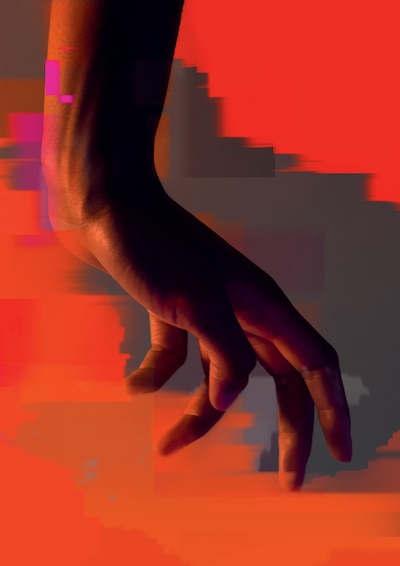
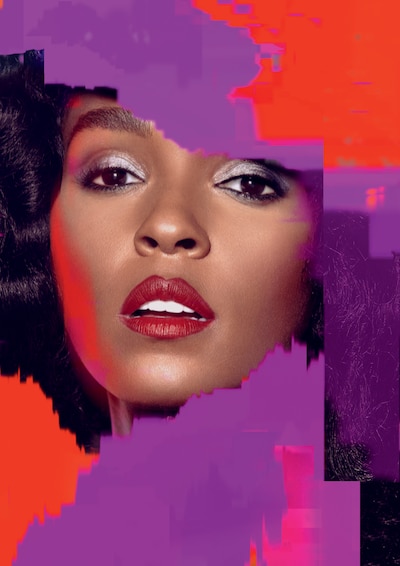


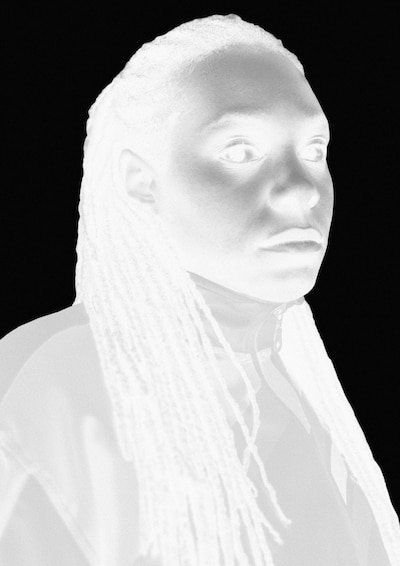
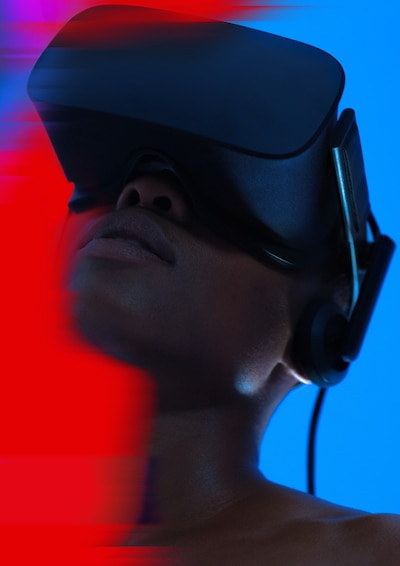
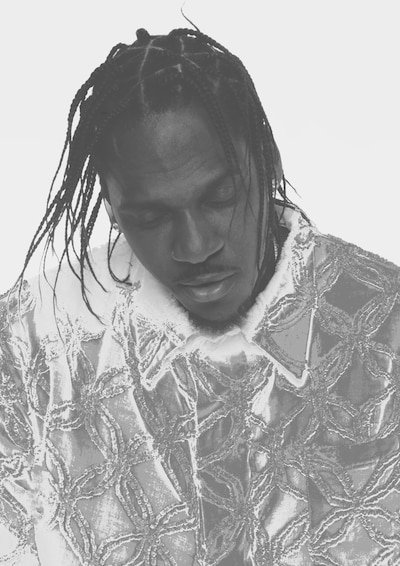
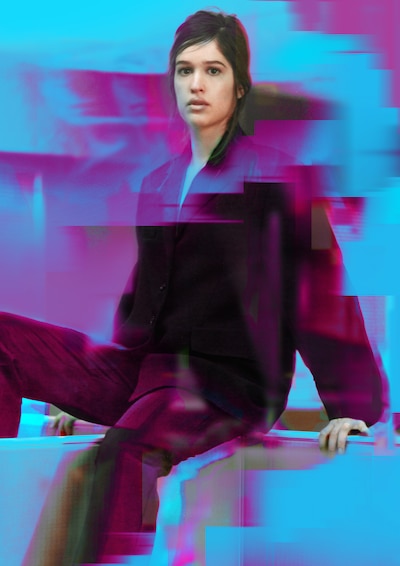


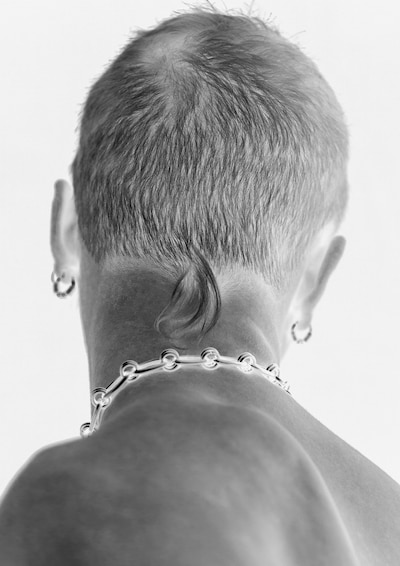
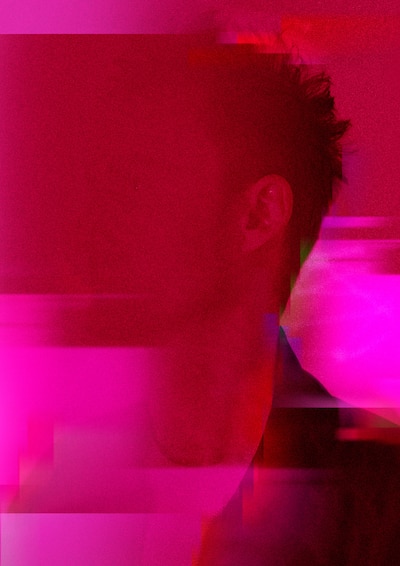
More Photo Highlights
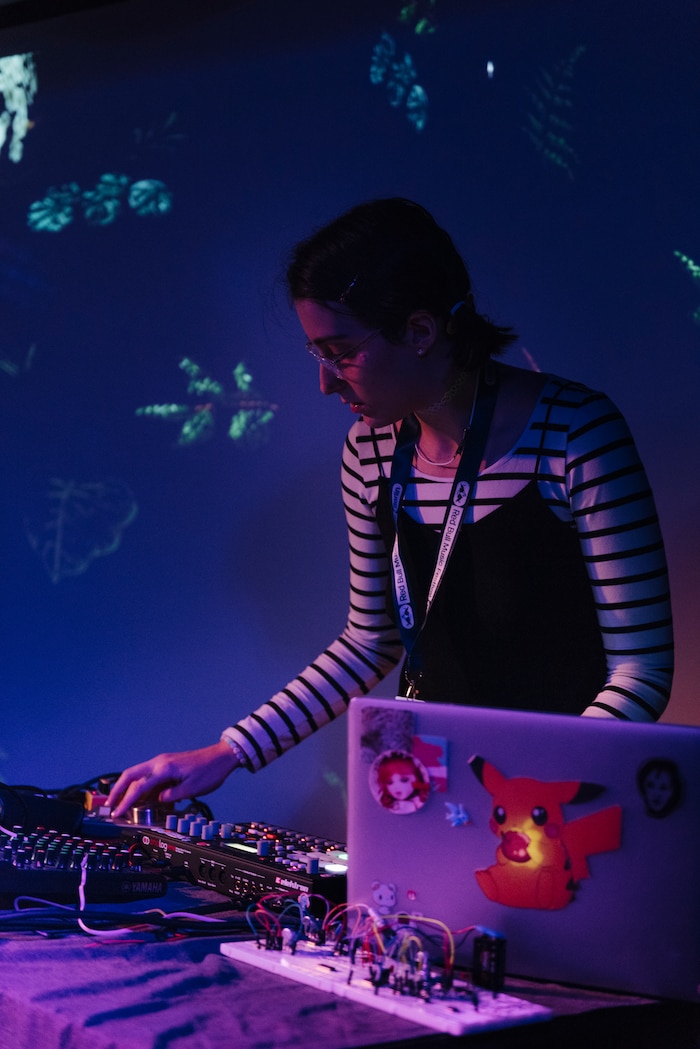
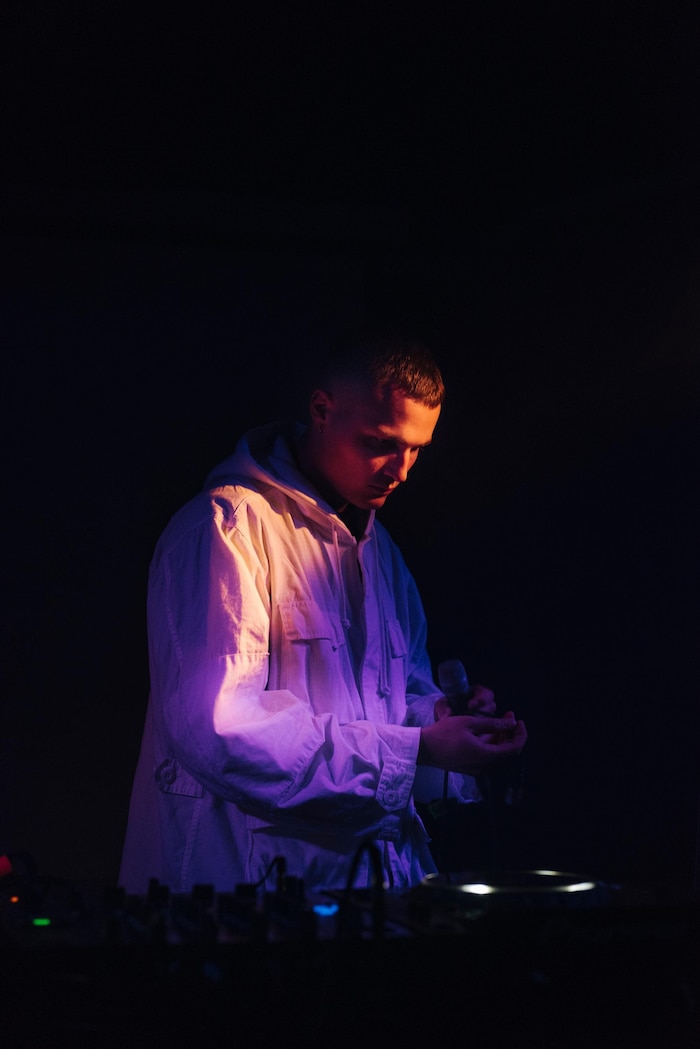
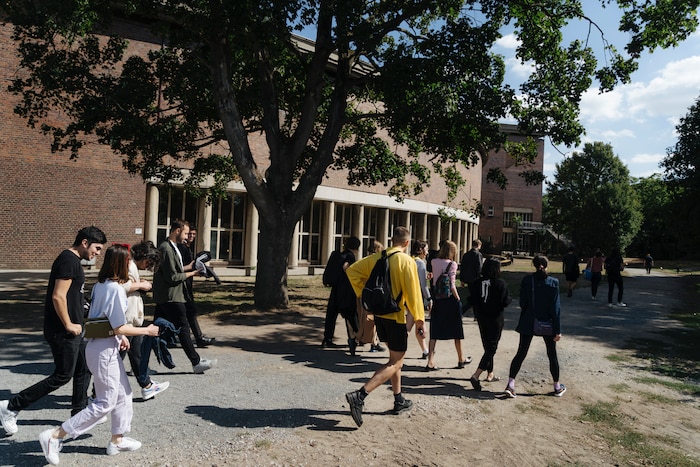
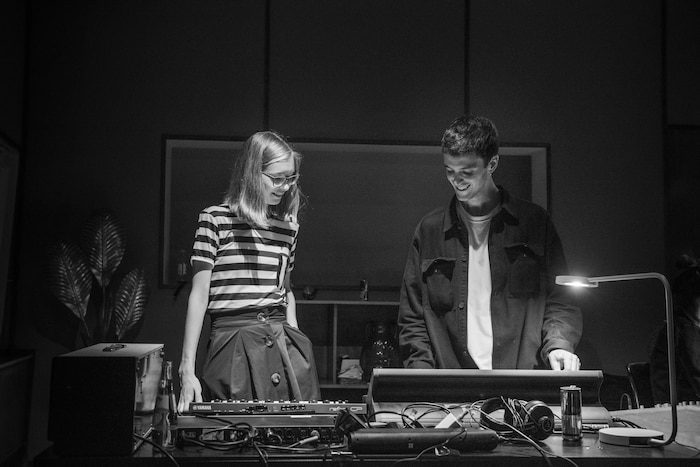
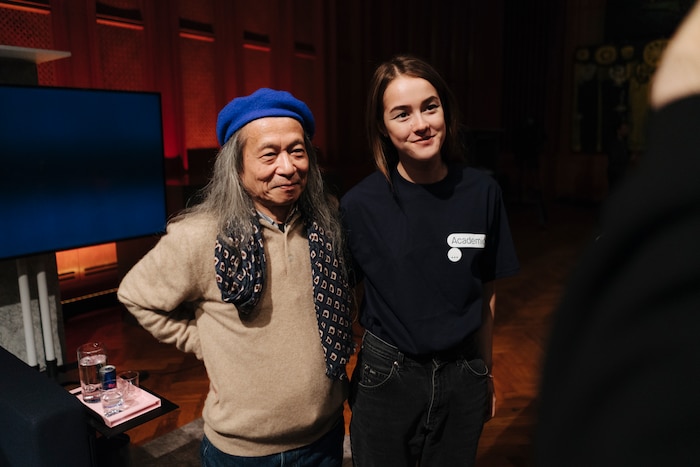
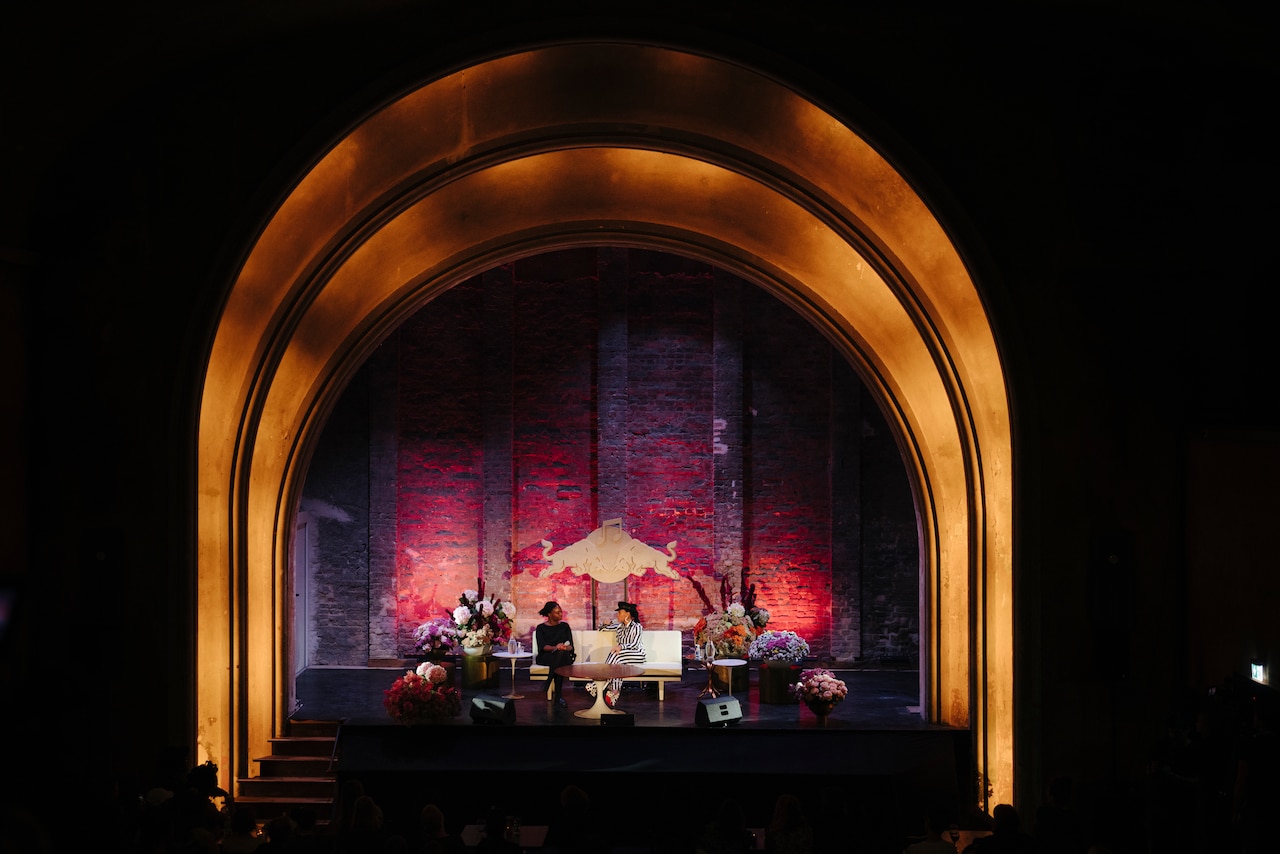

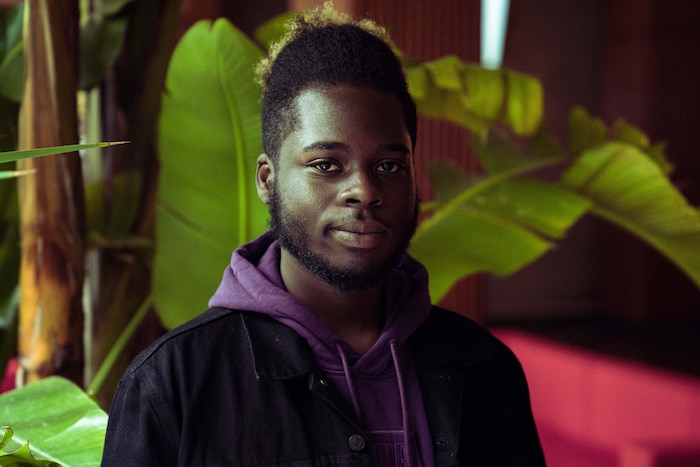
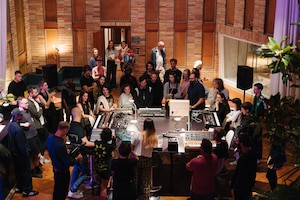
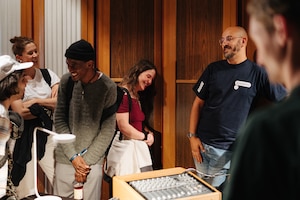
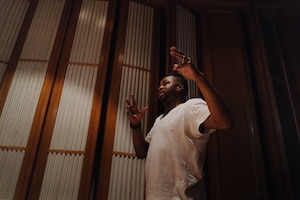
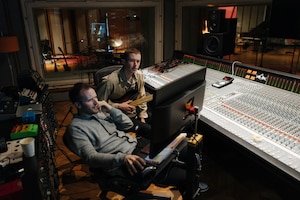
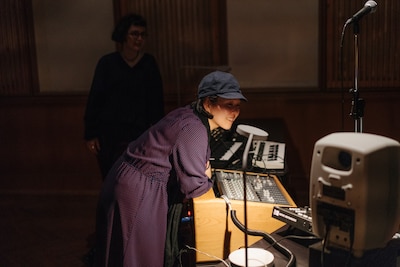
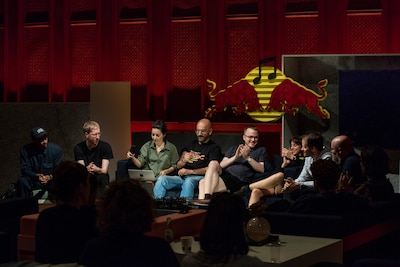

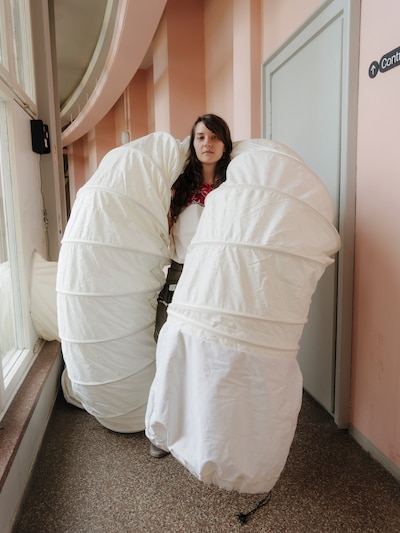

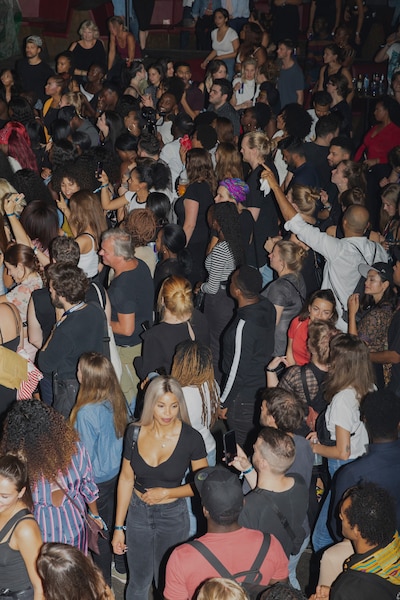
.cf1c6c2c.f9c0baae.jpg?auto=format&w=700)
